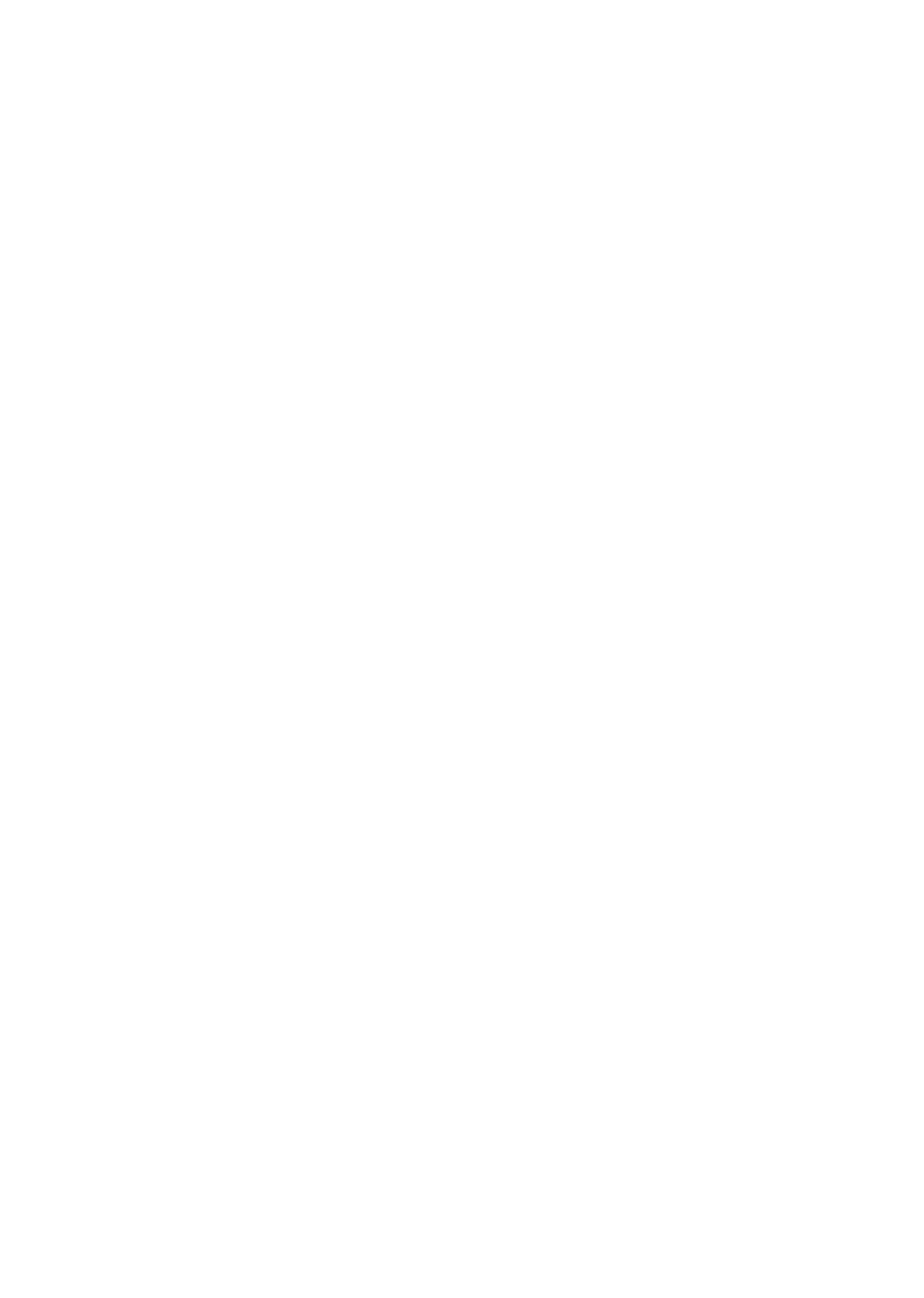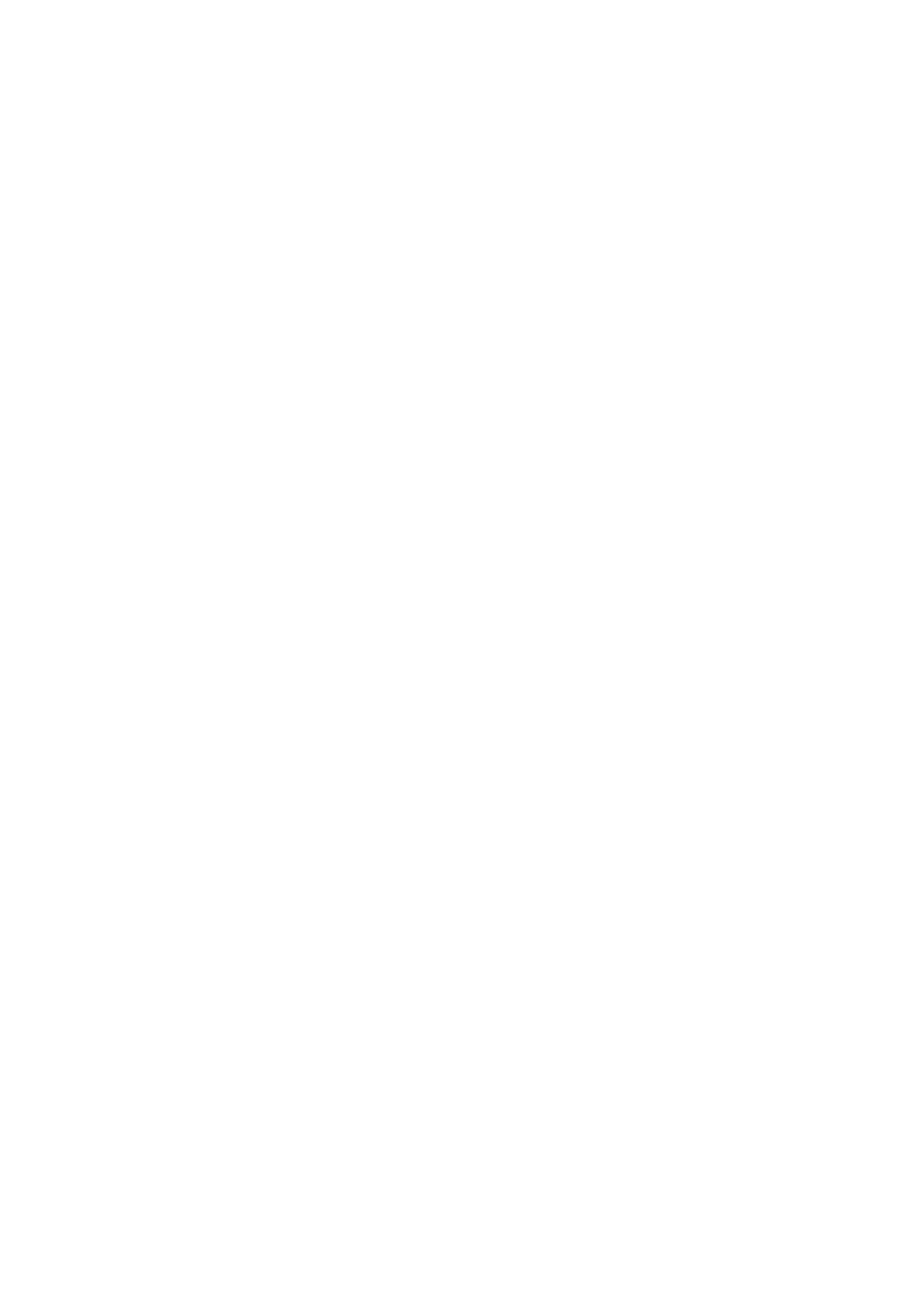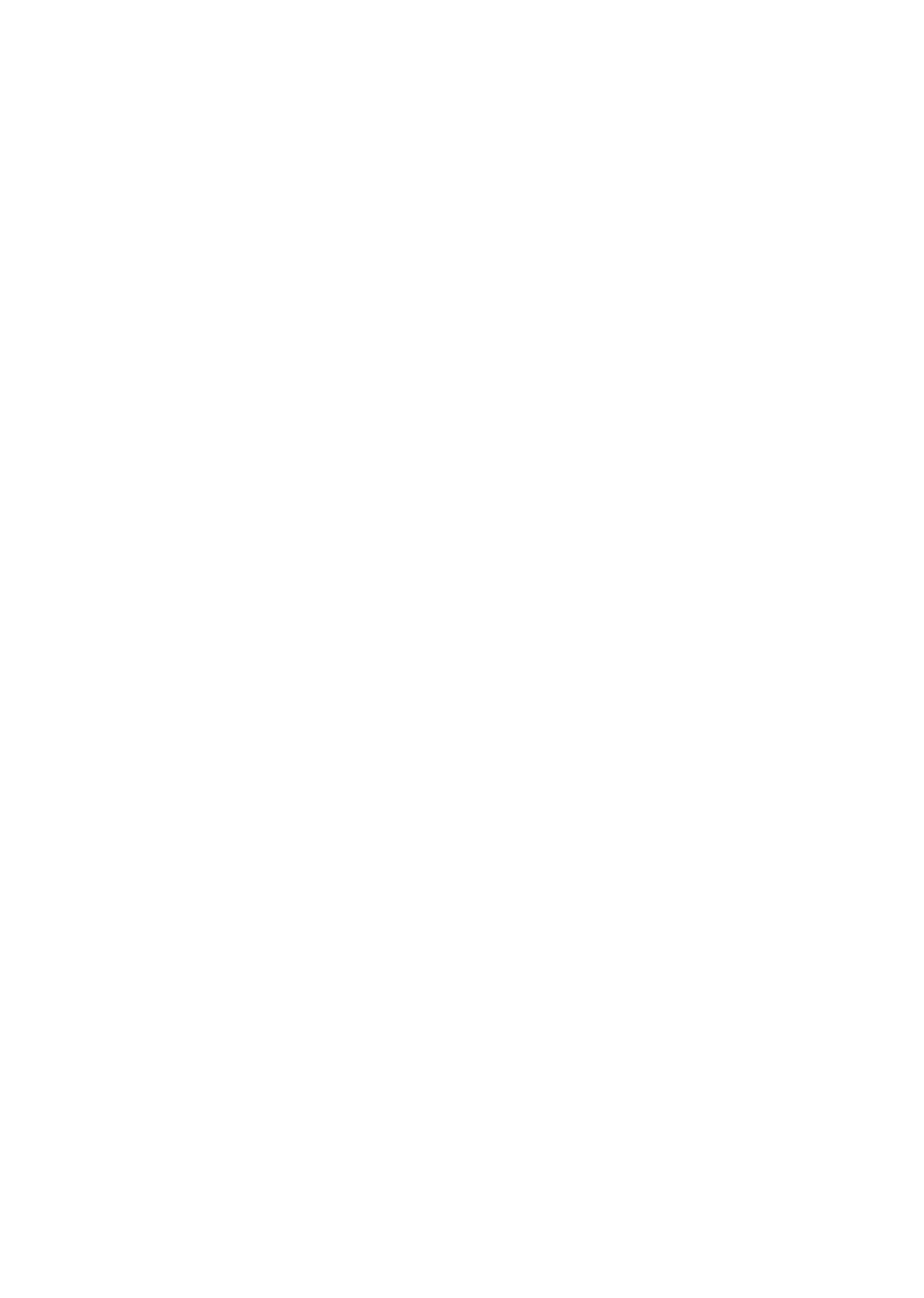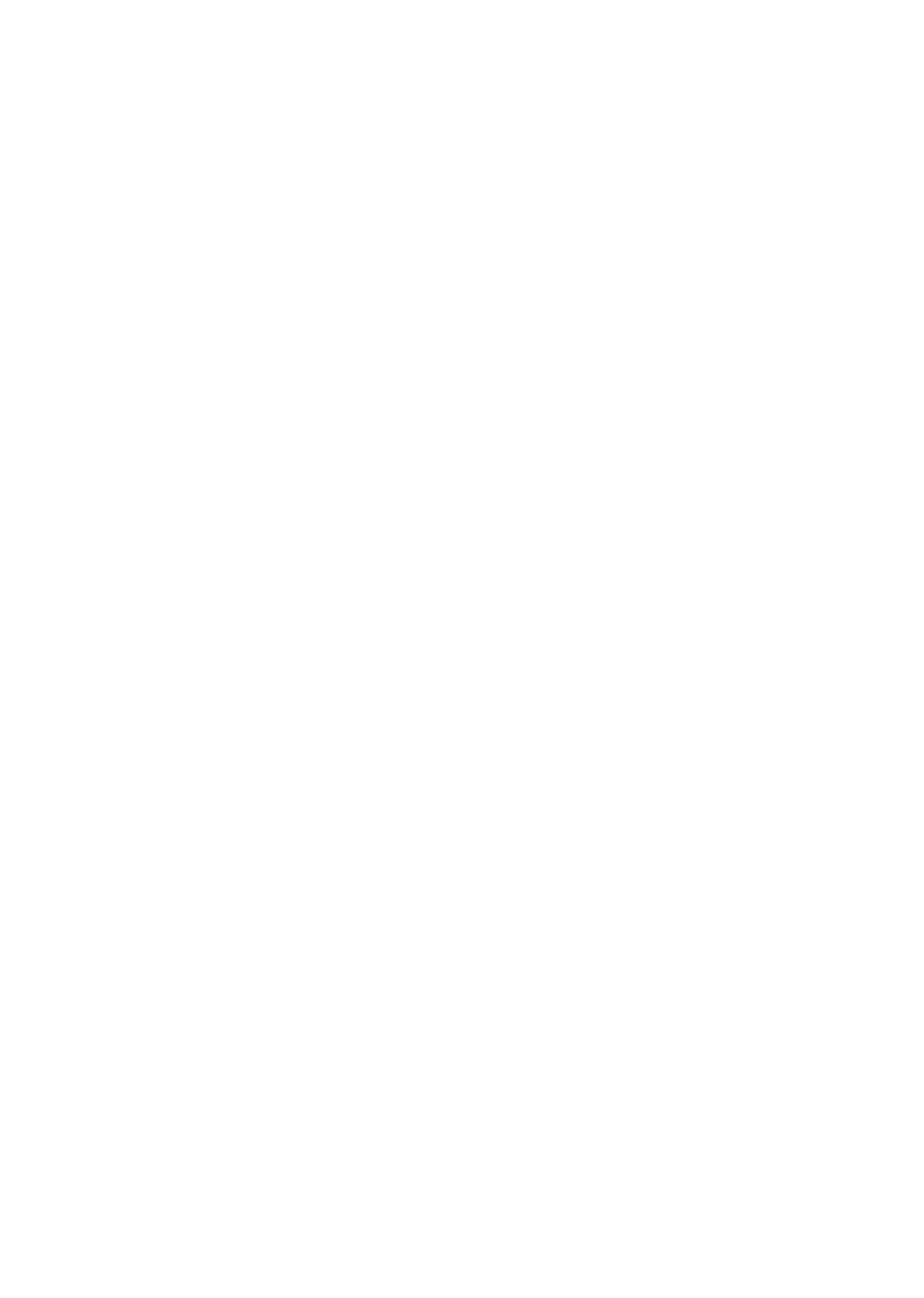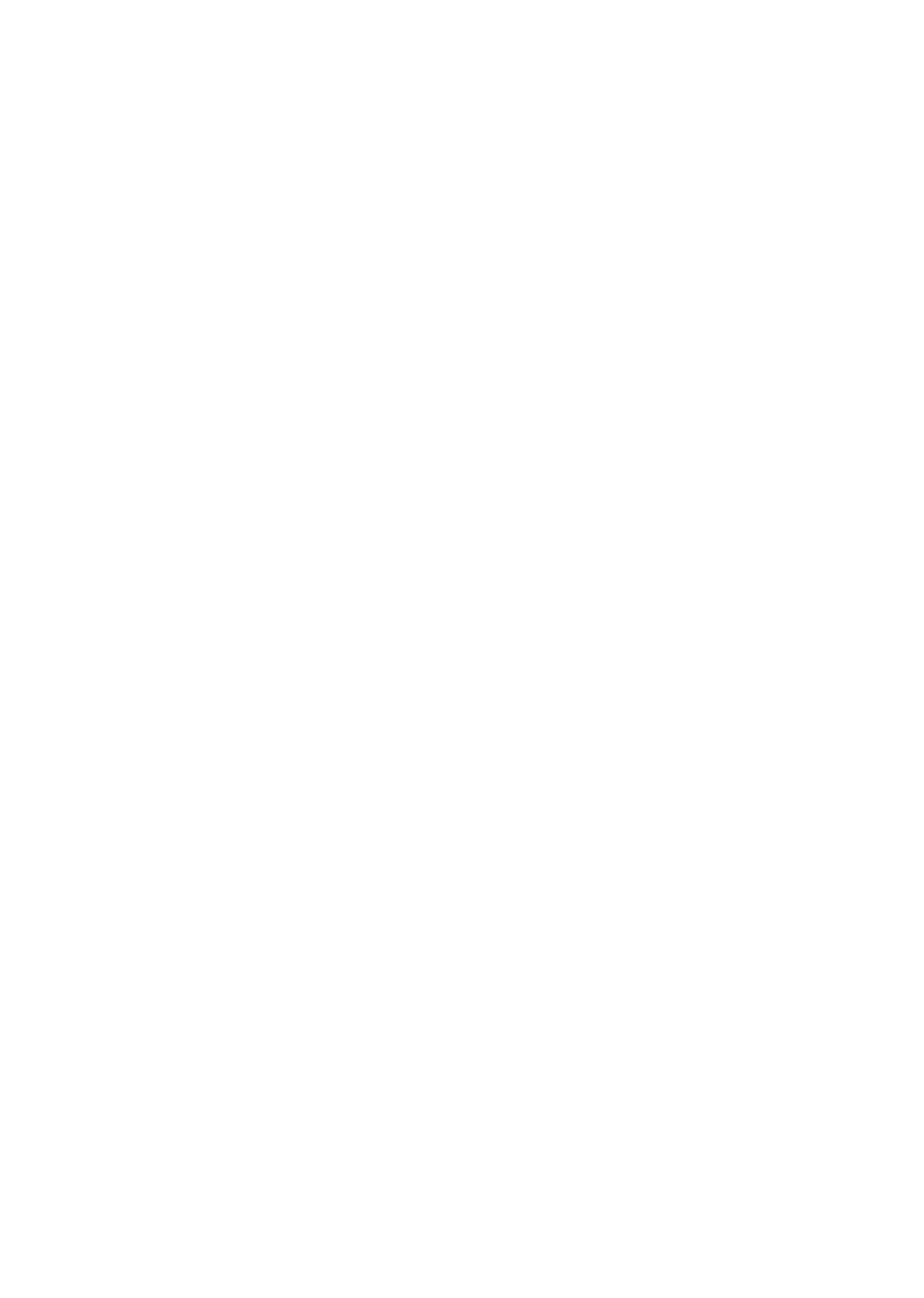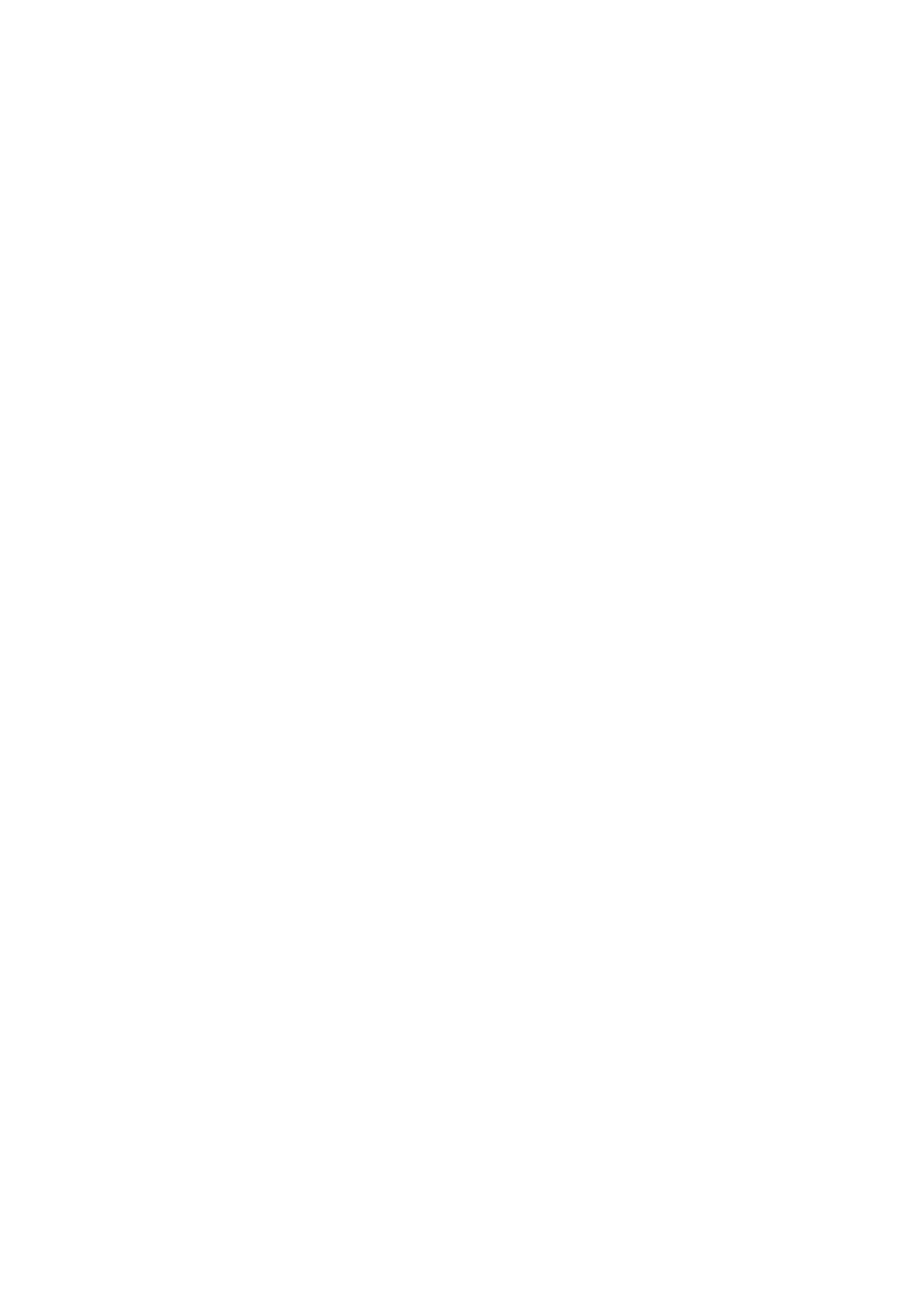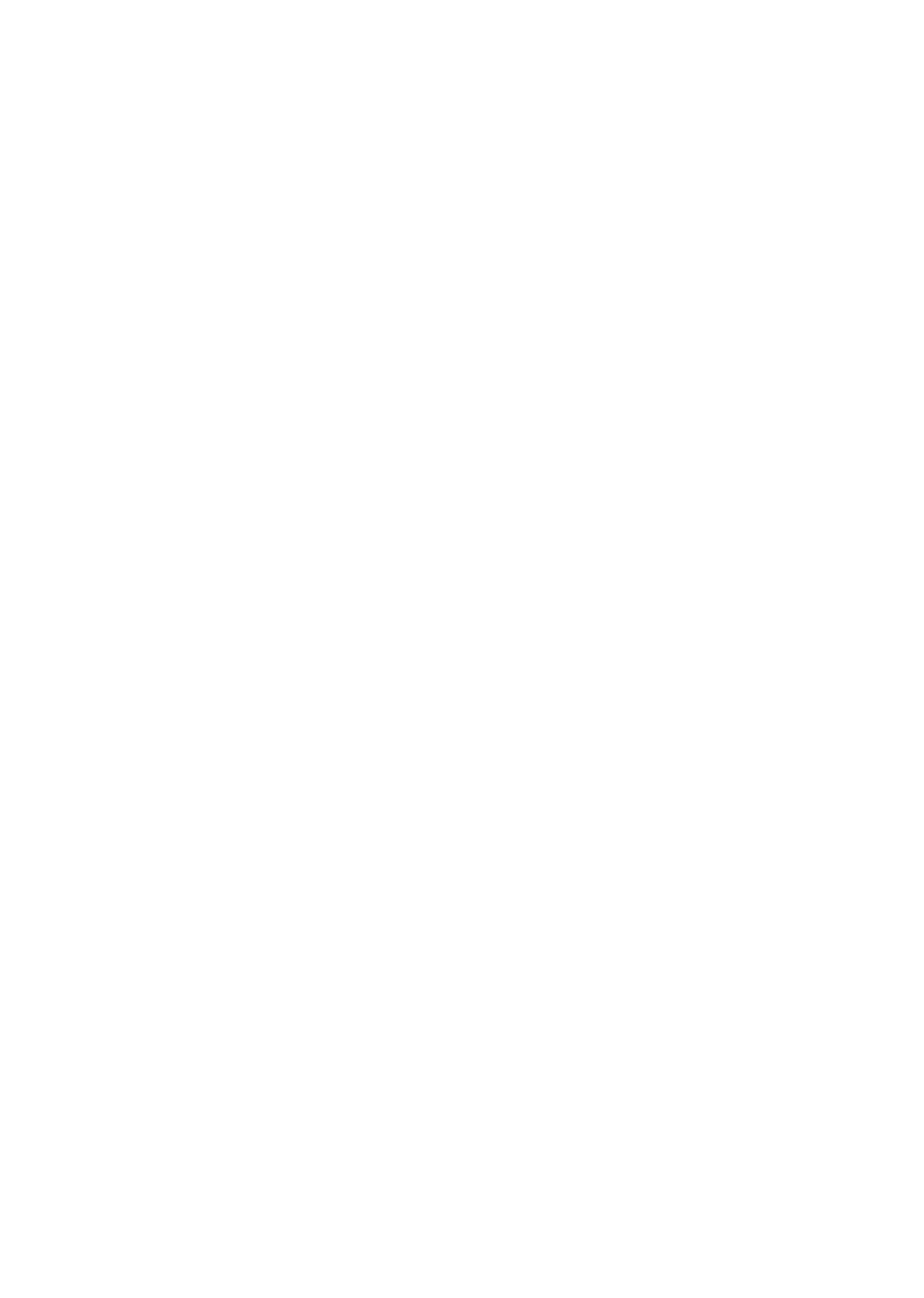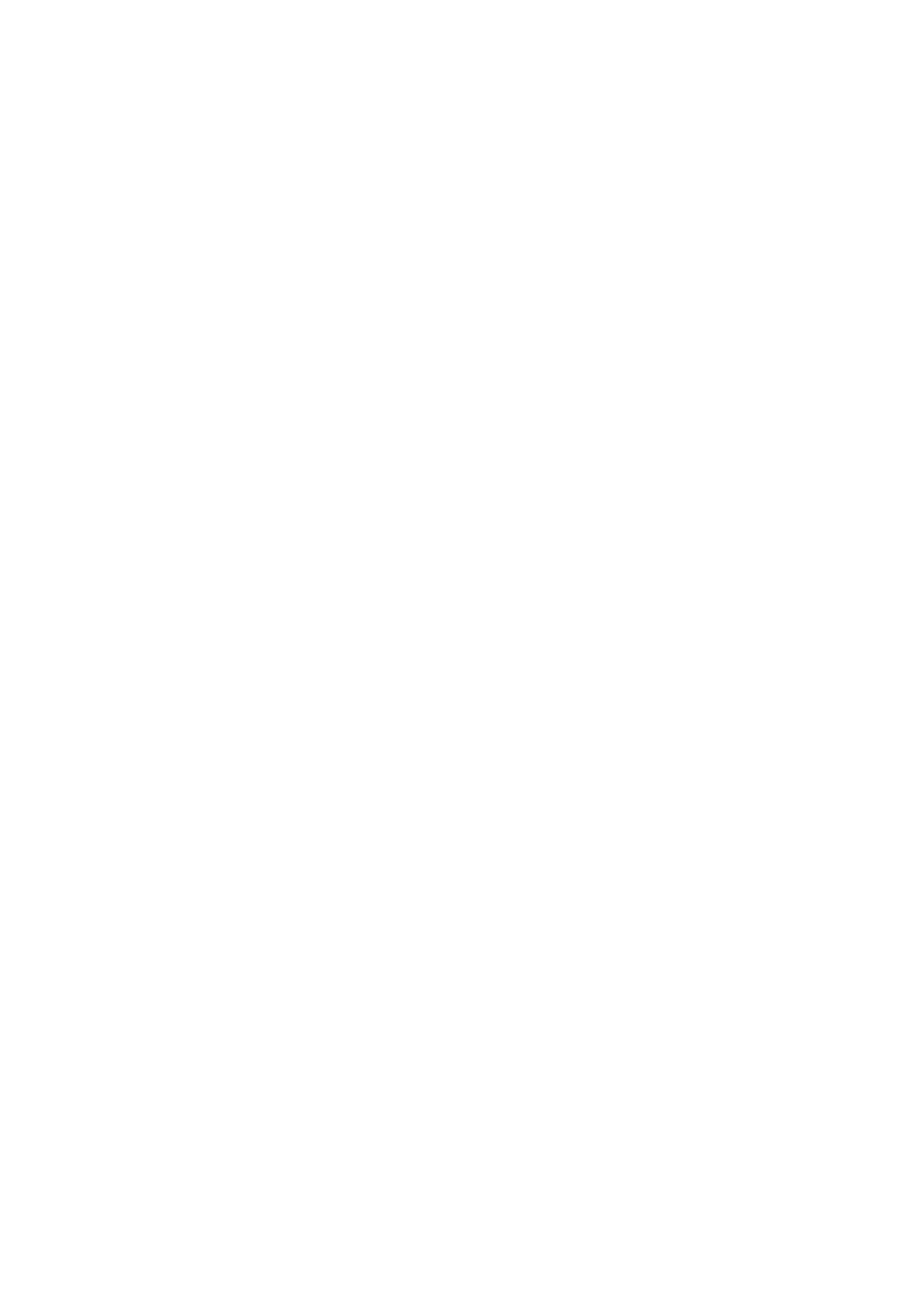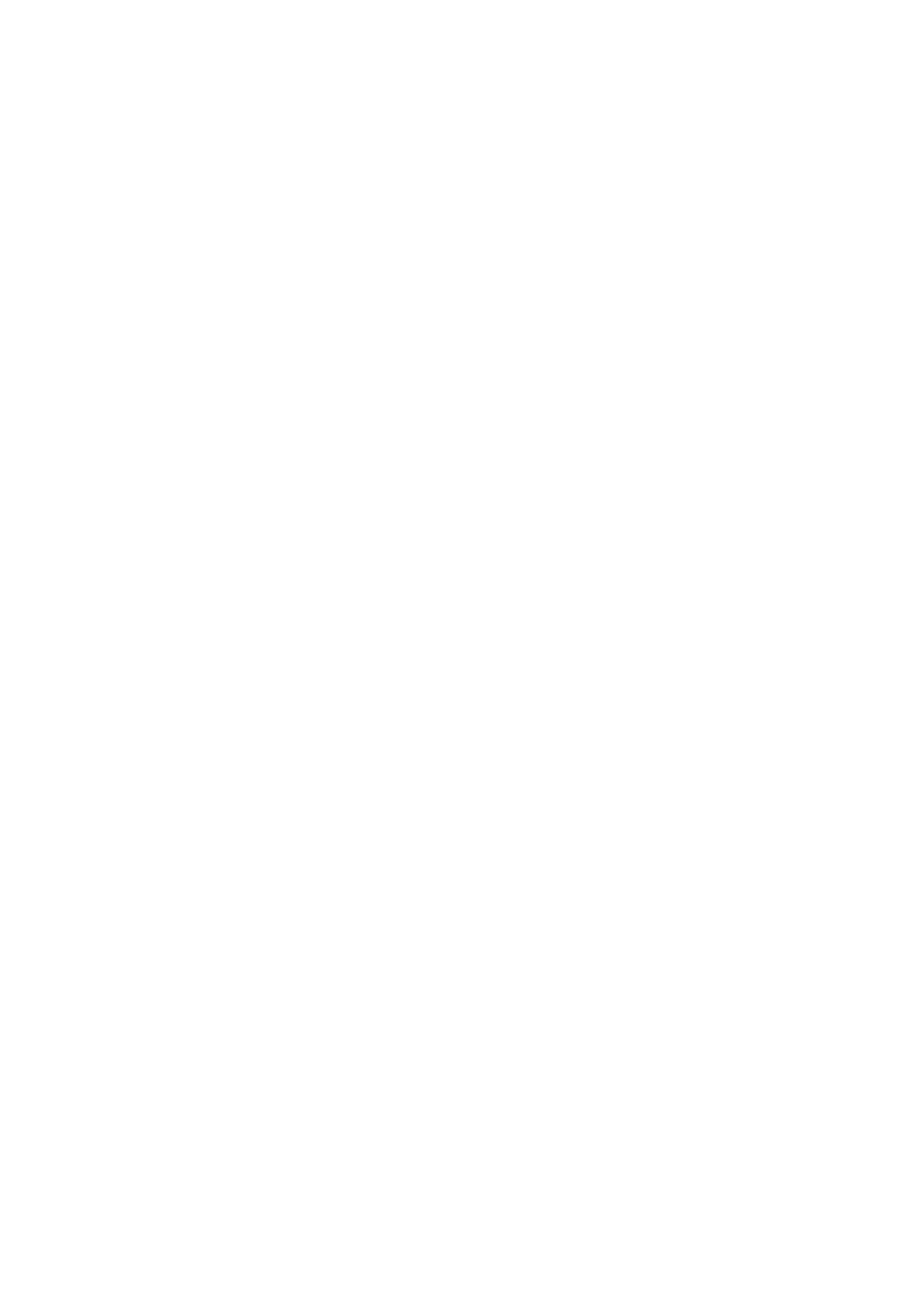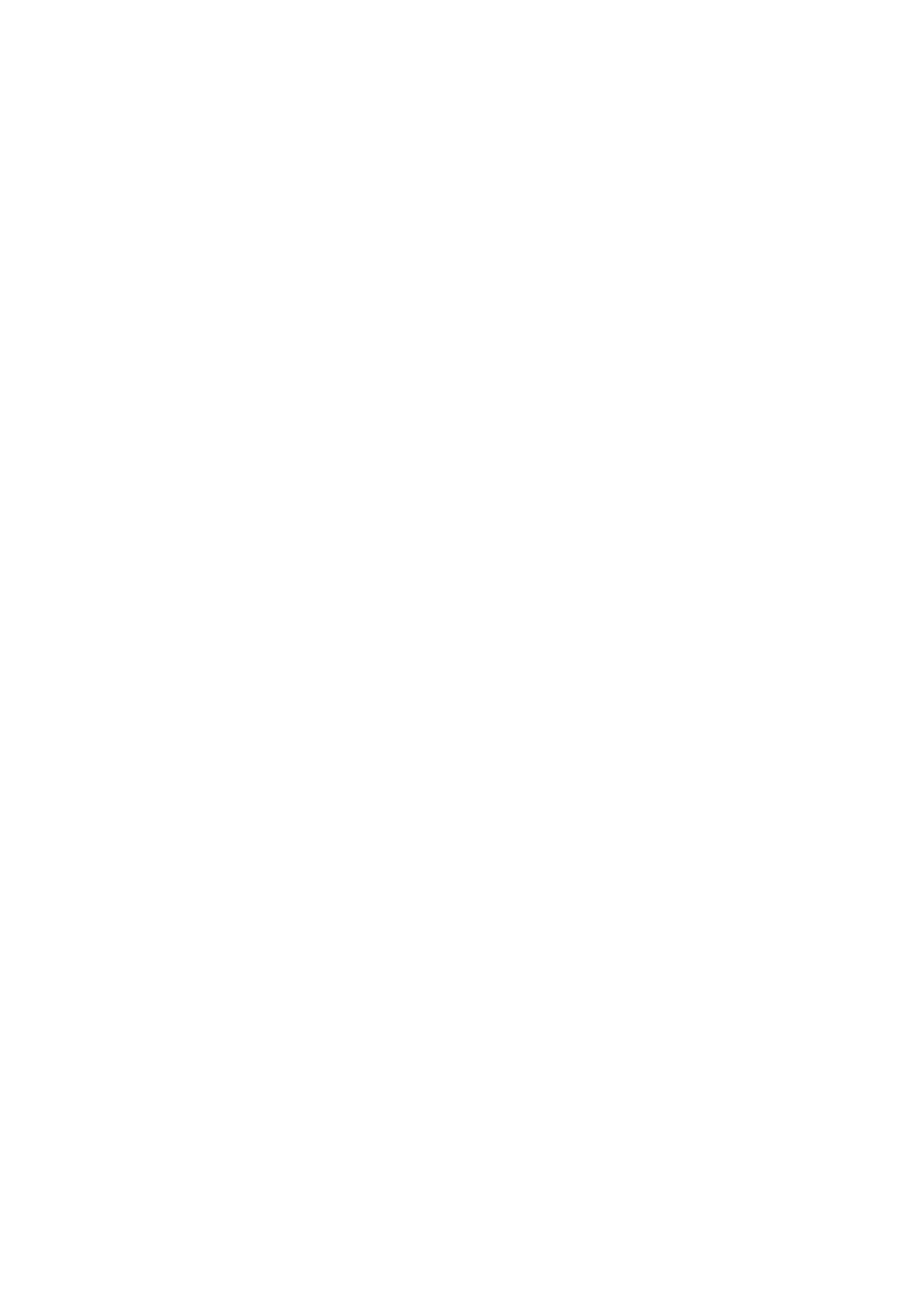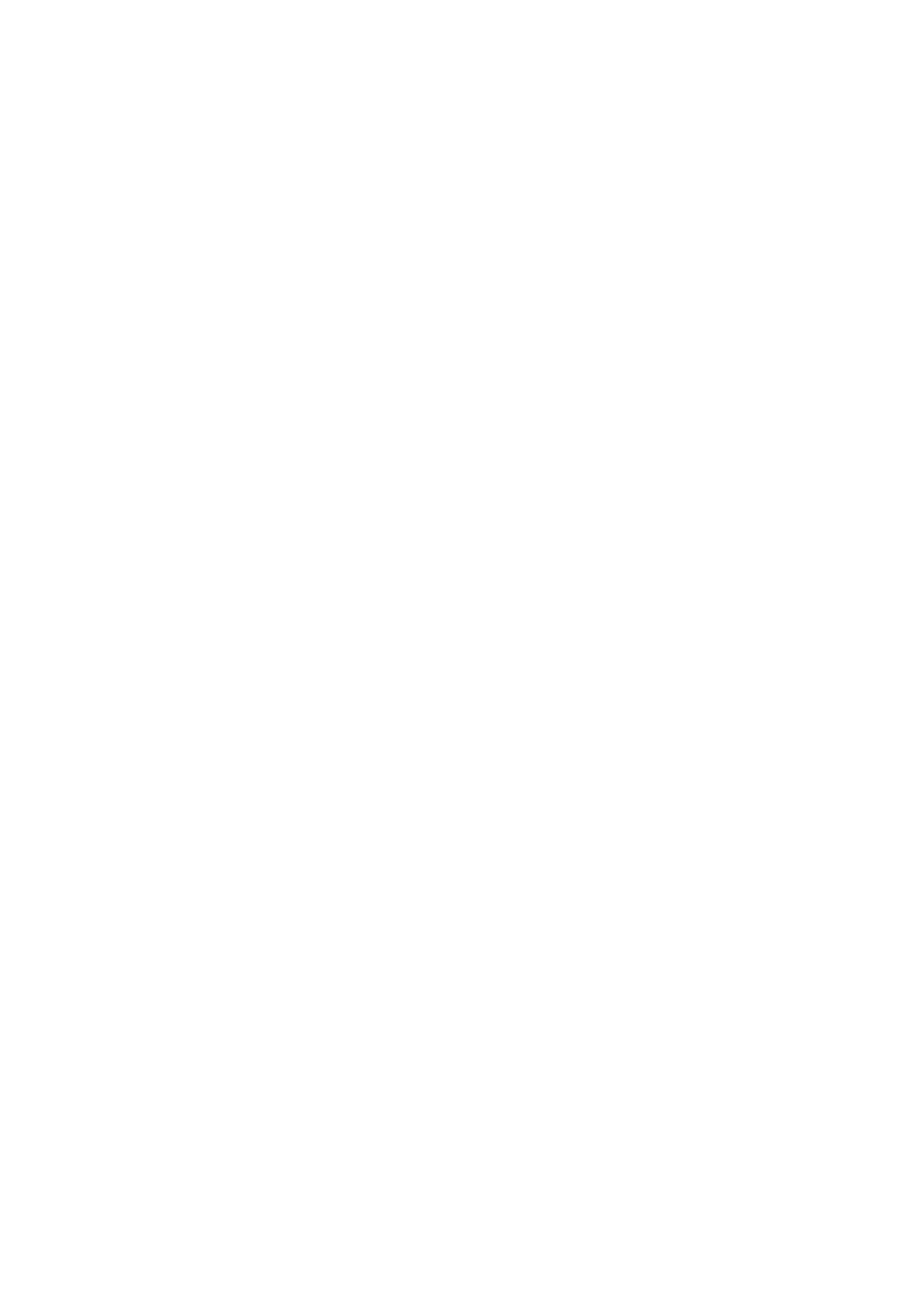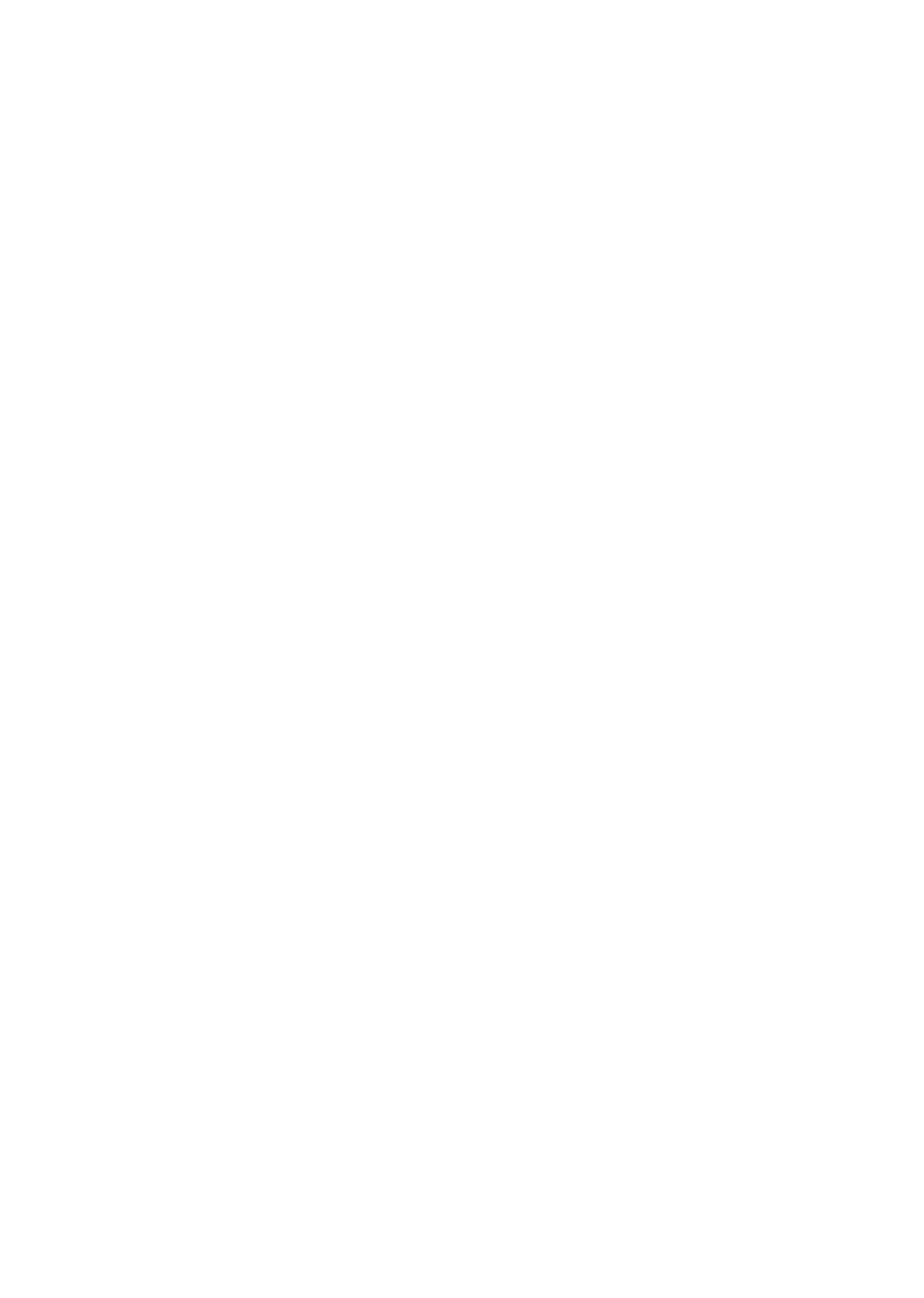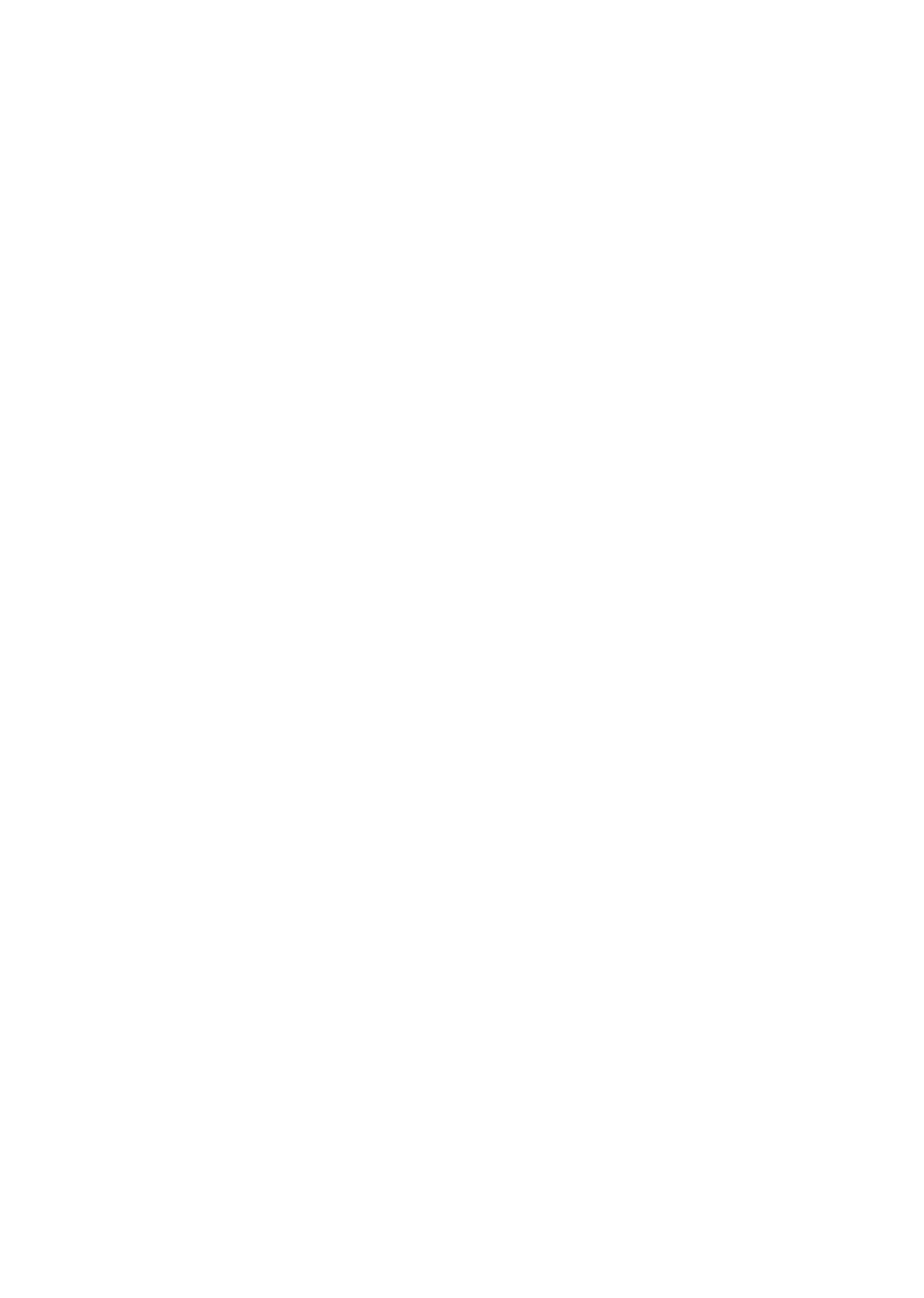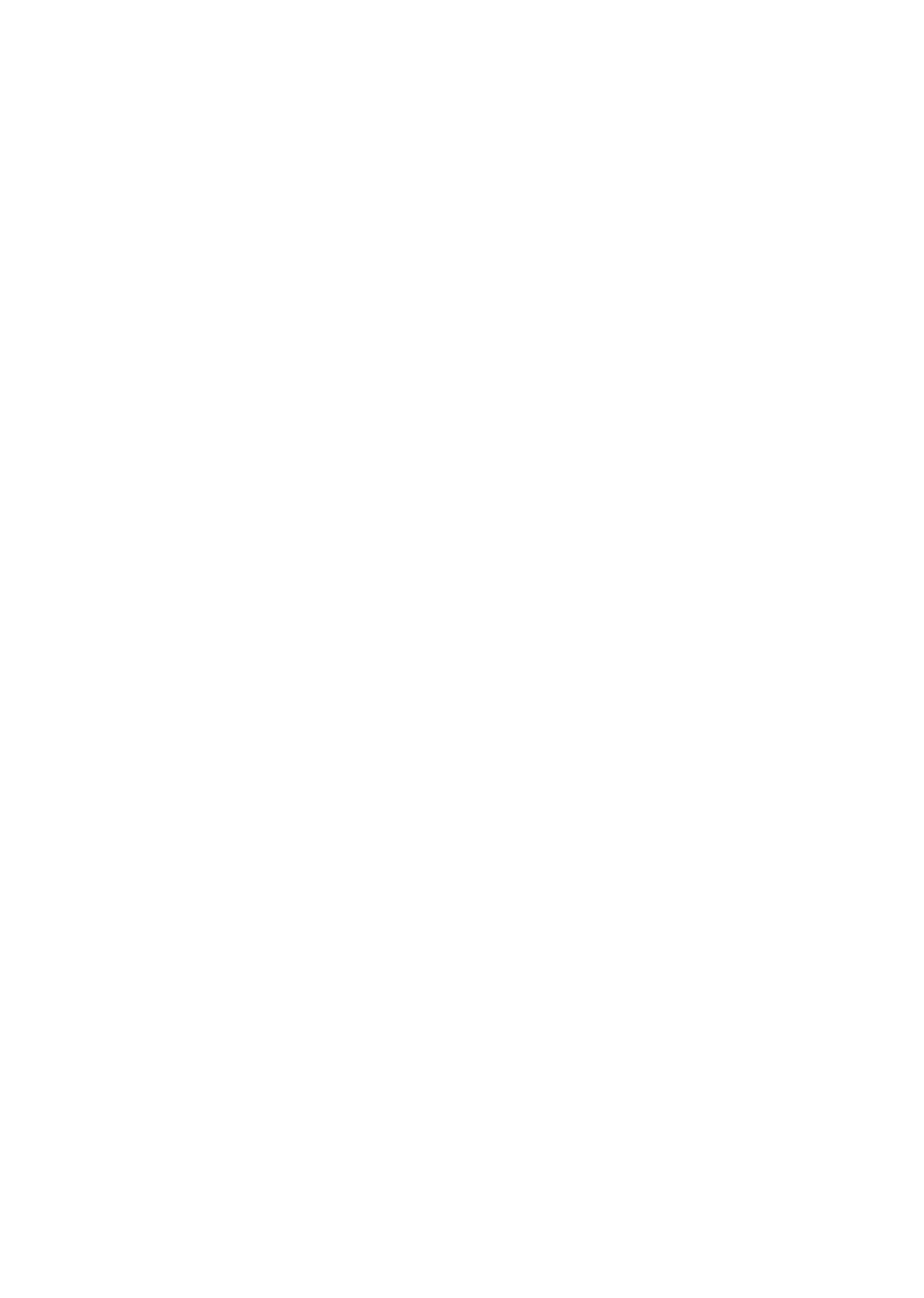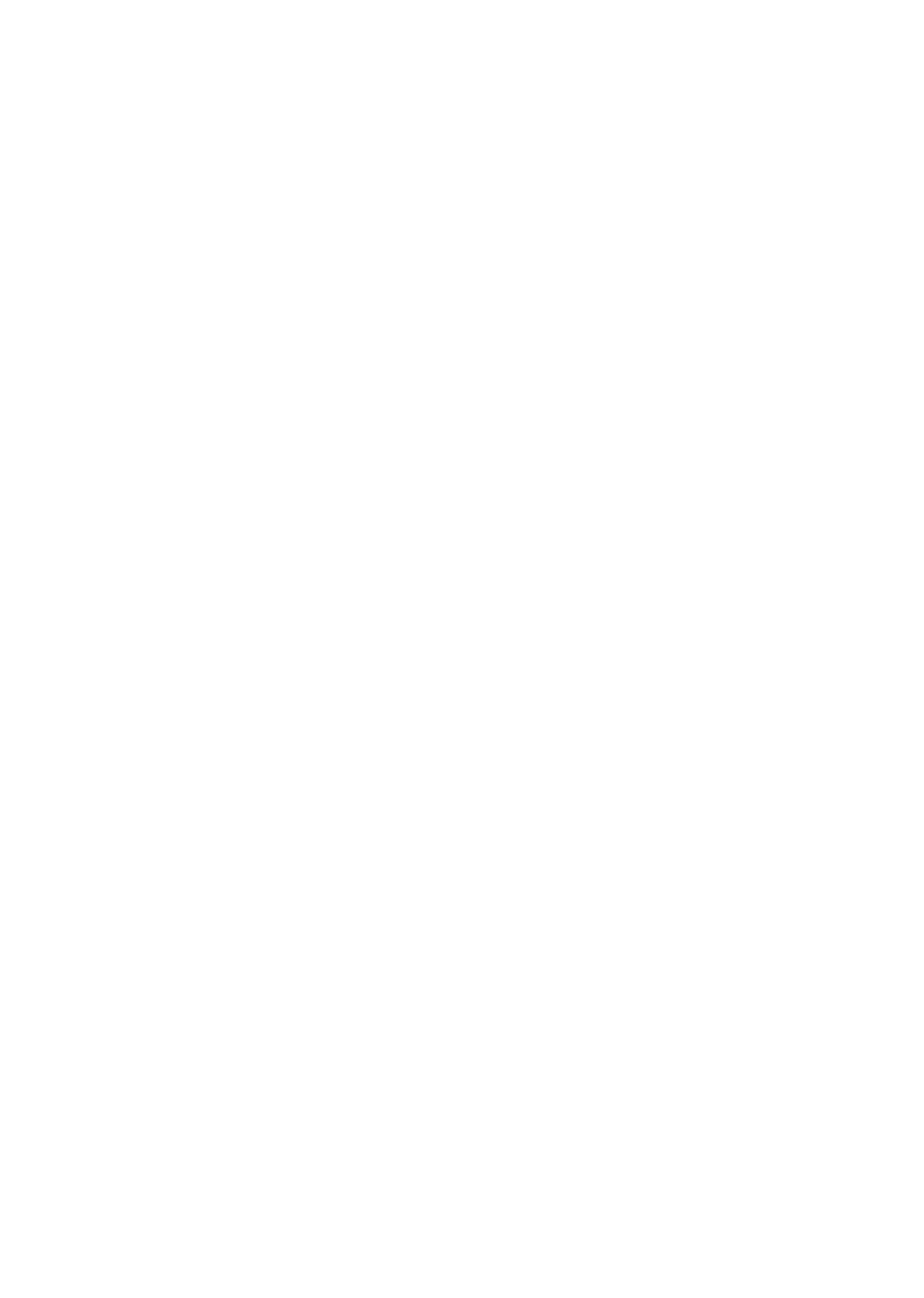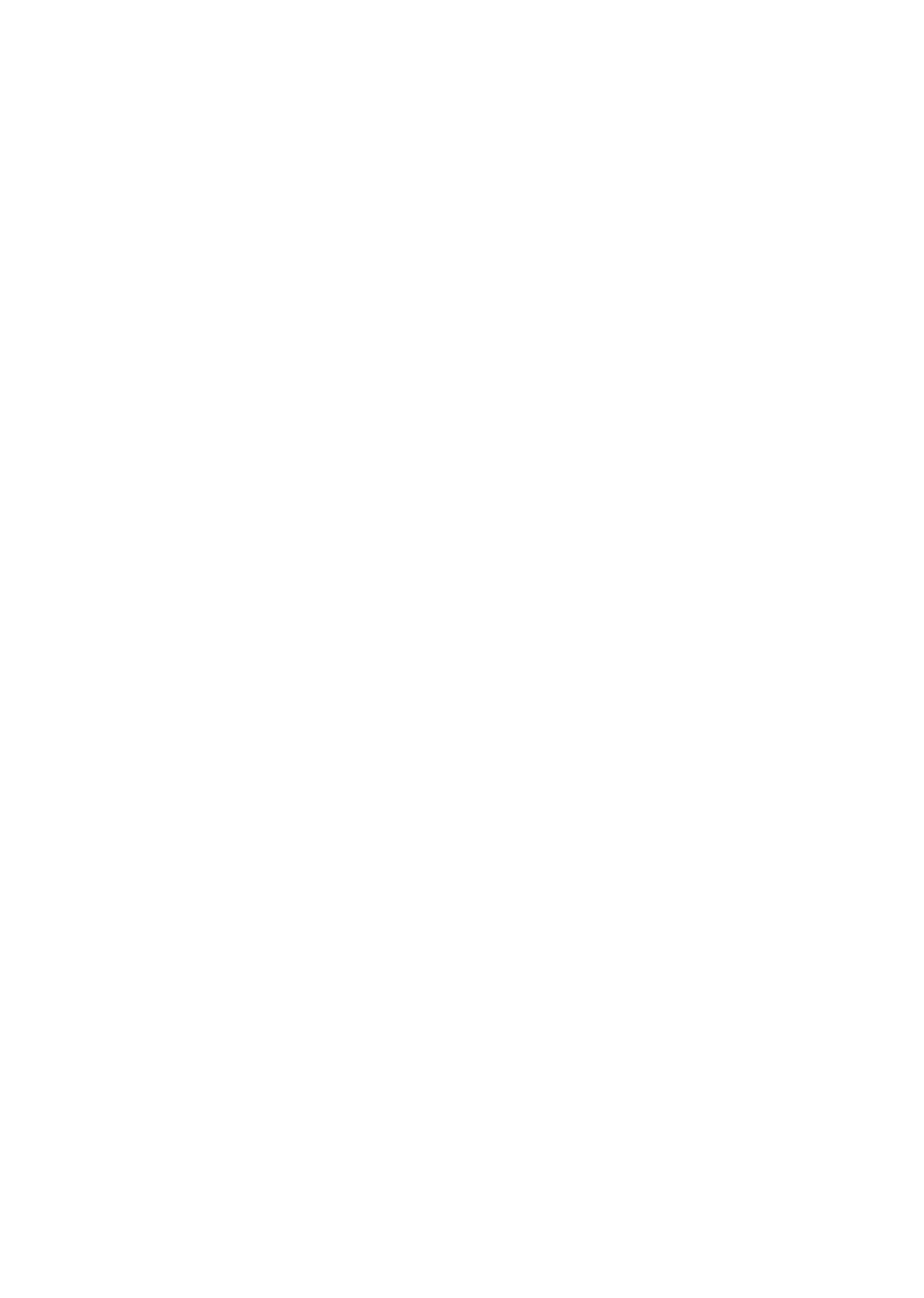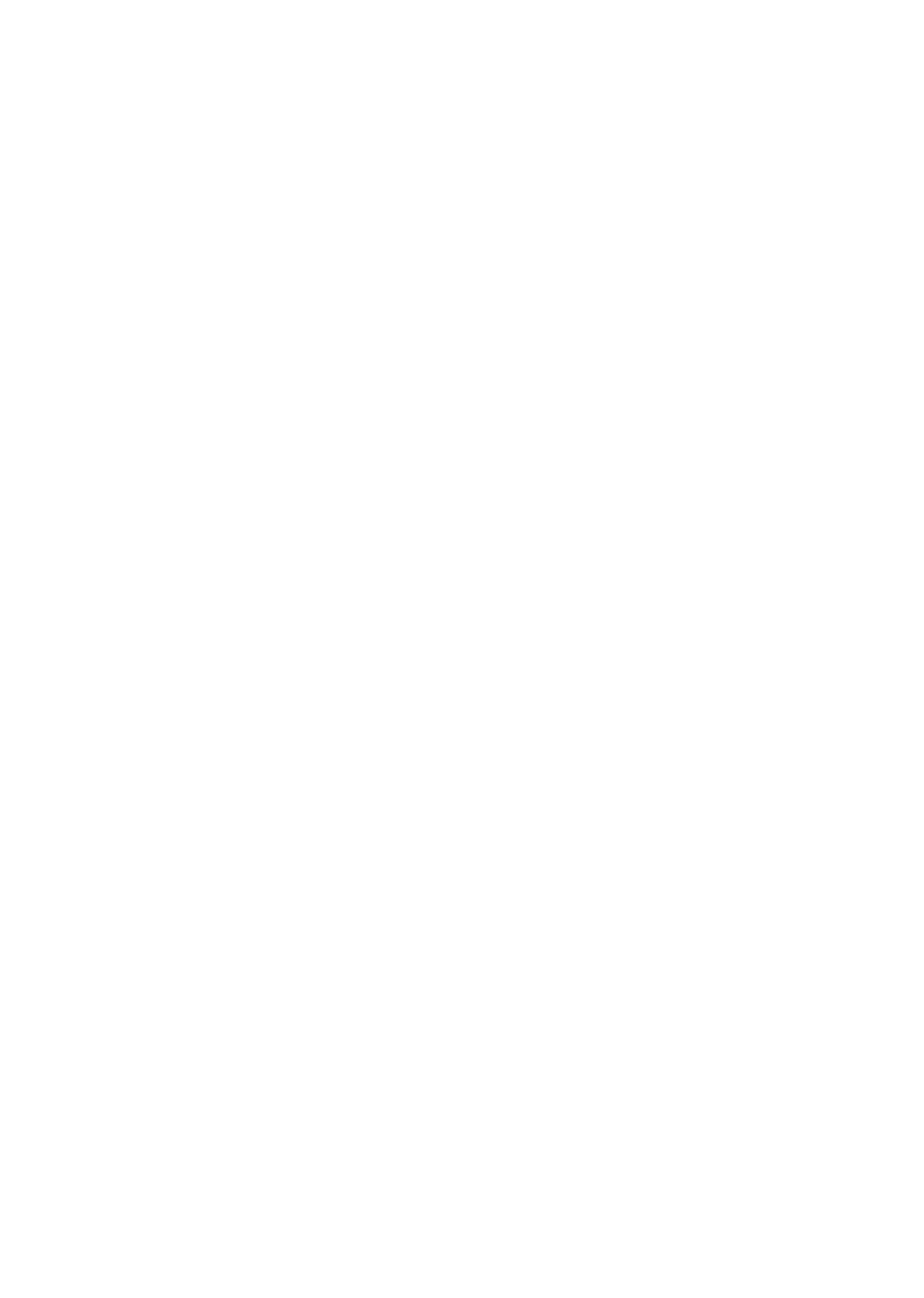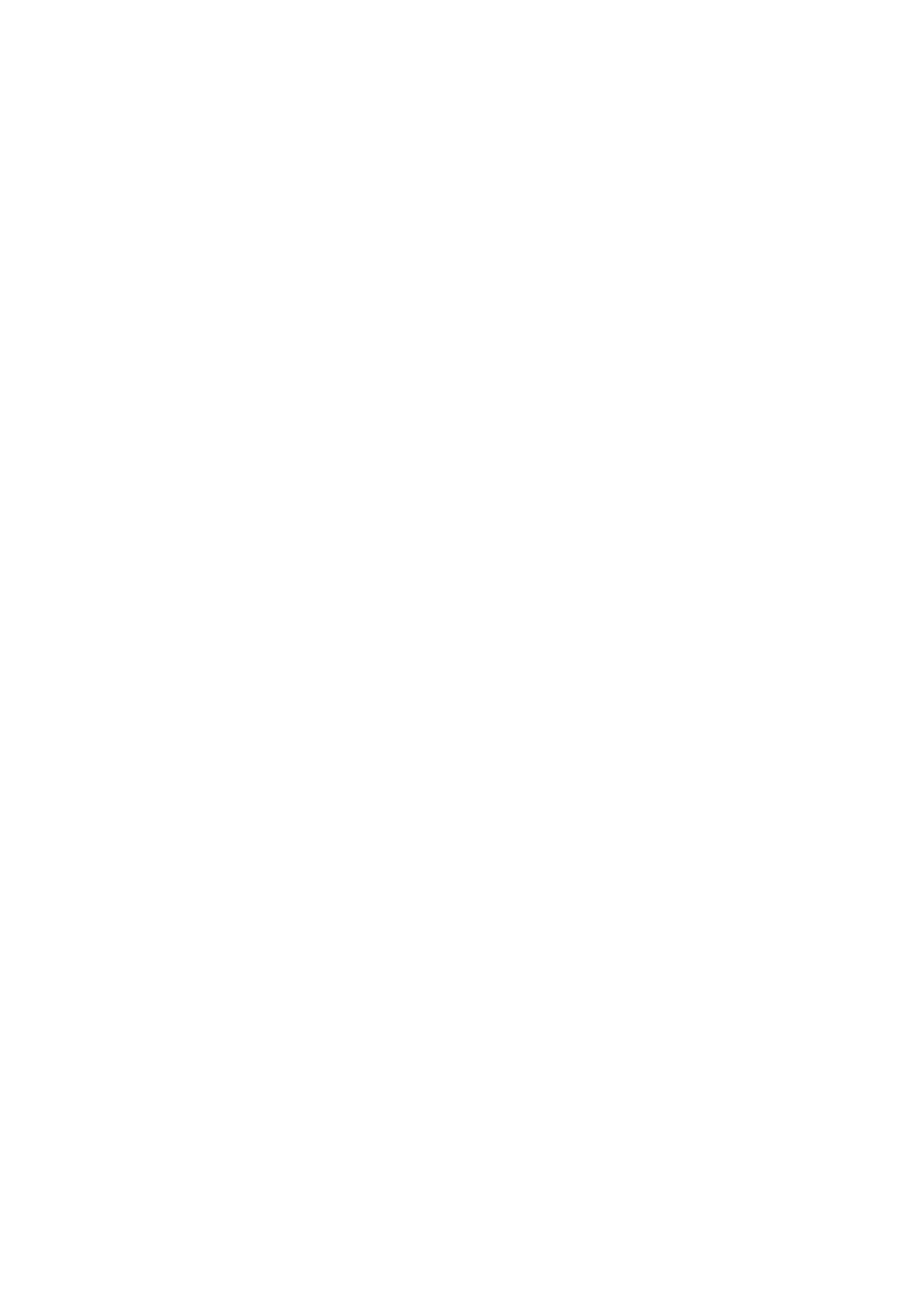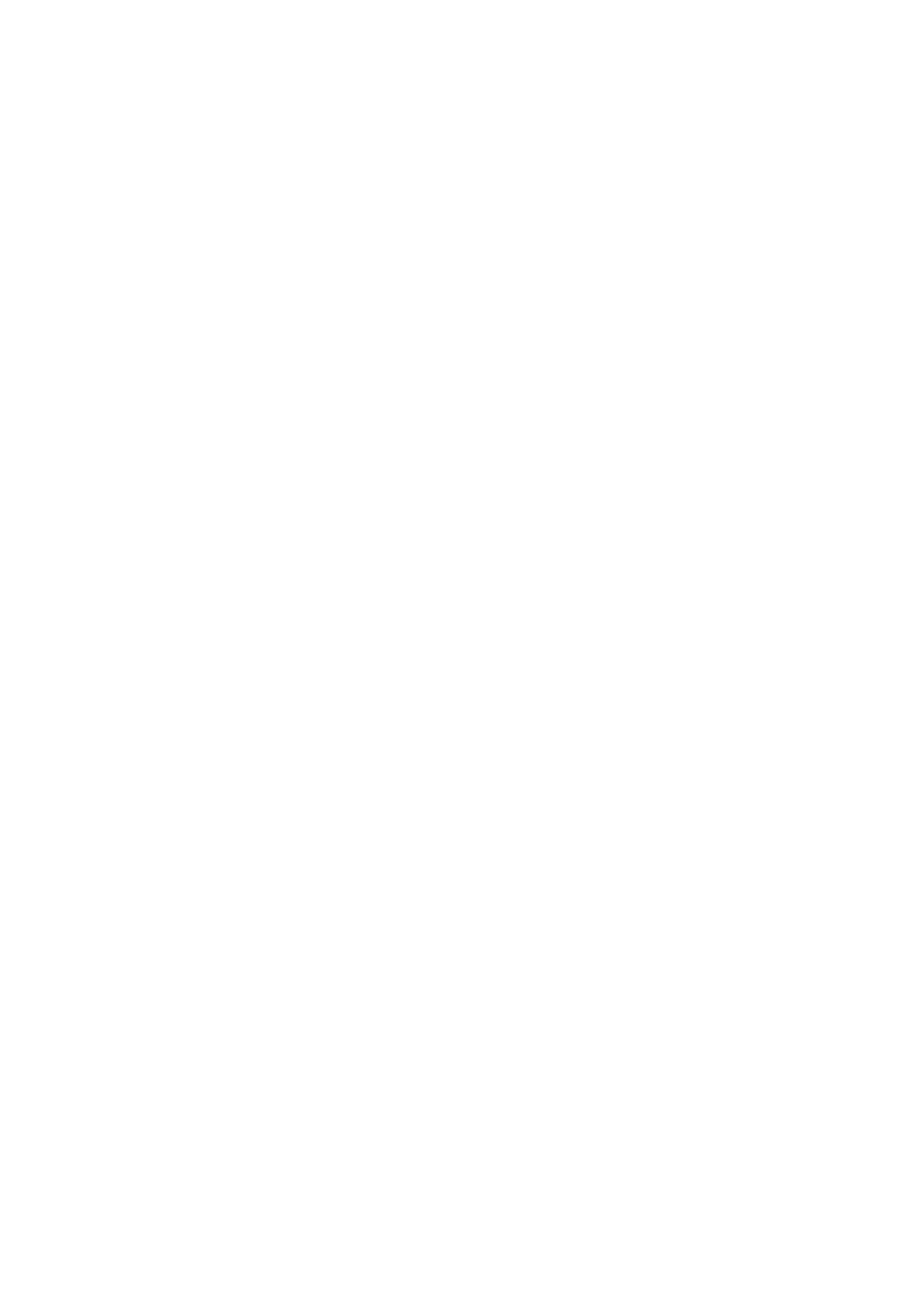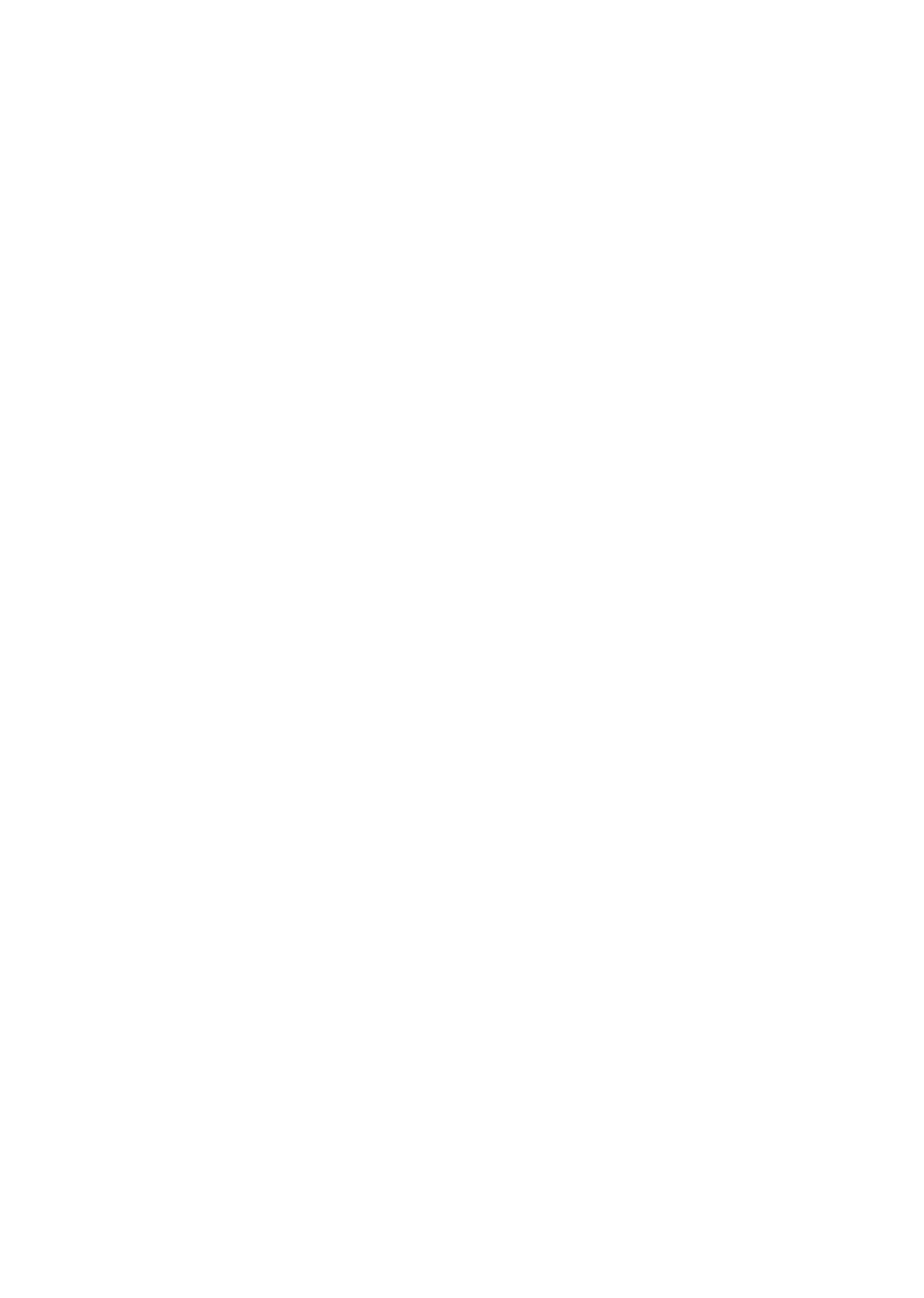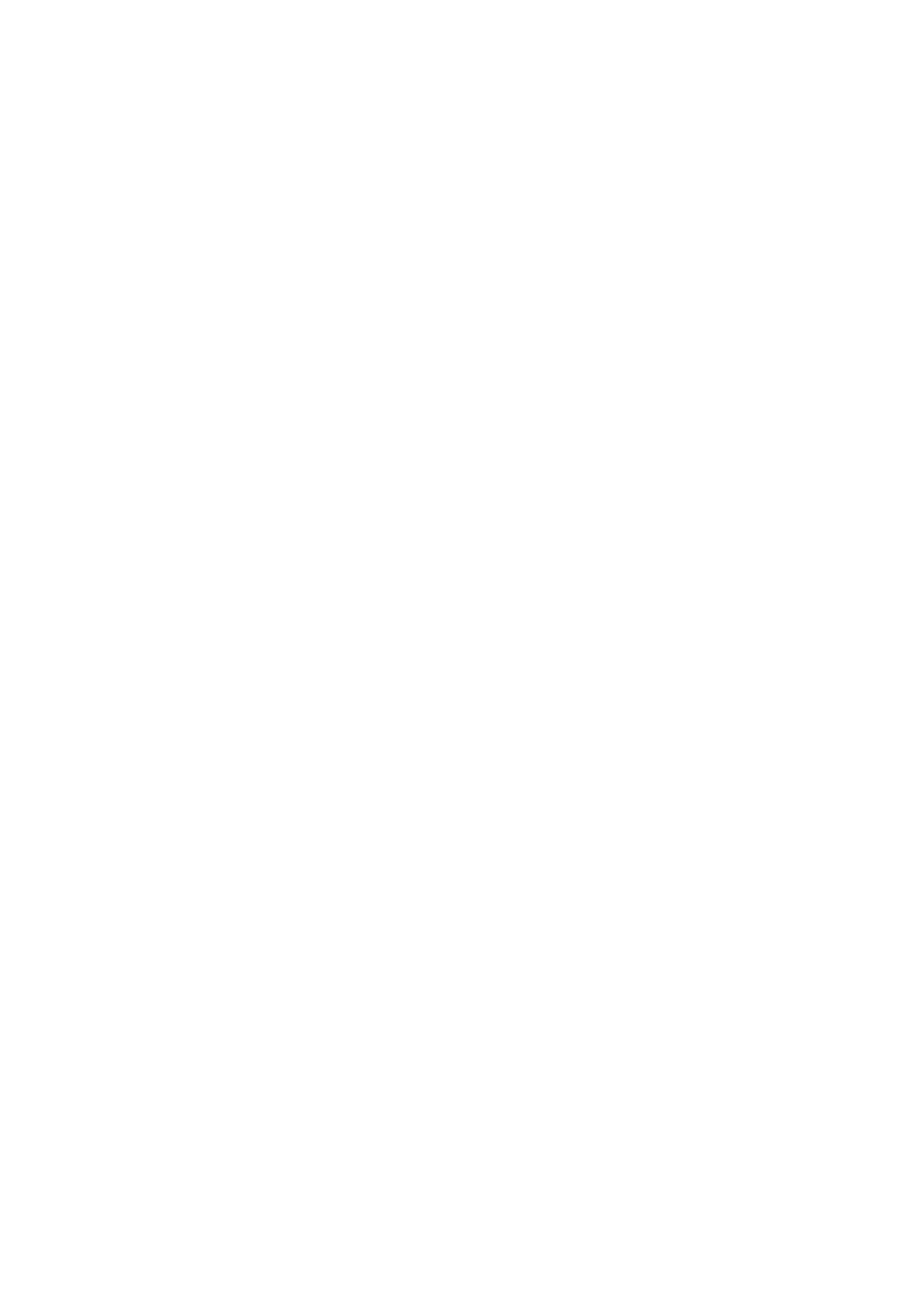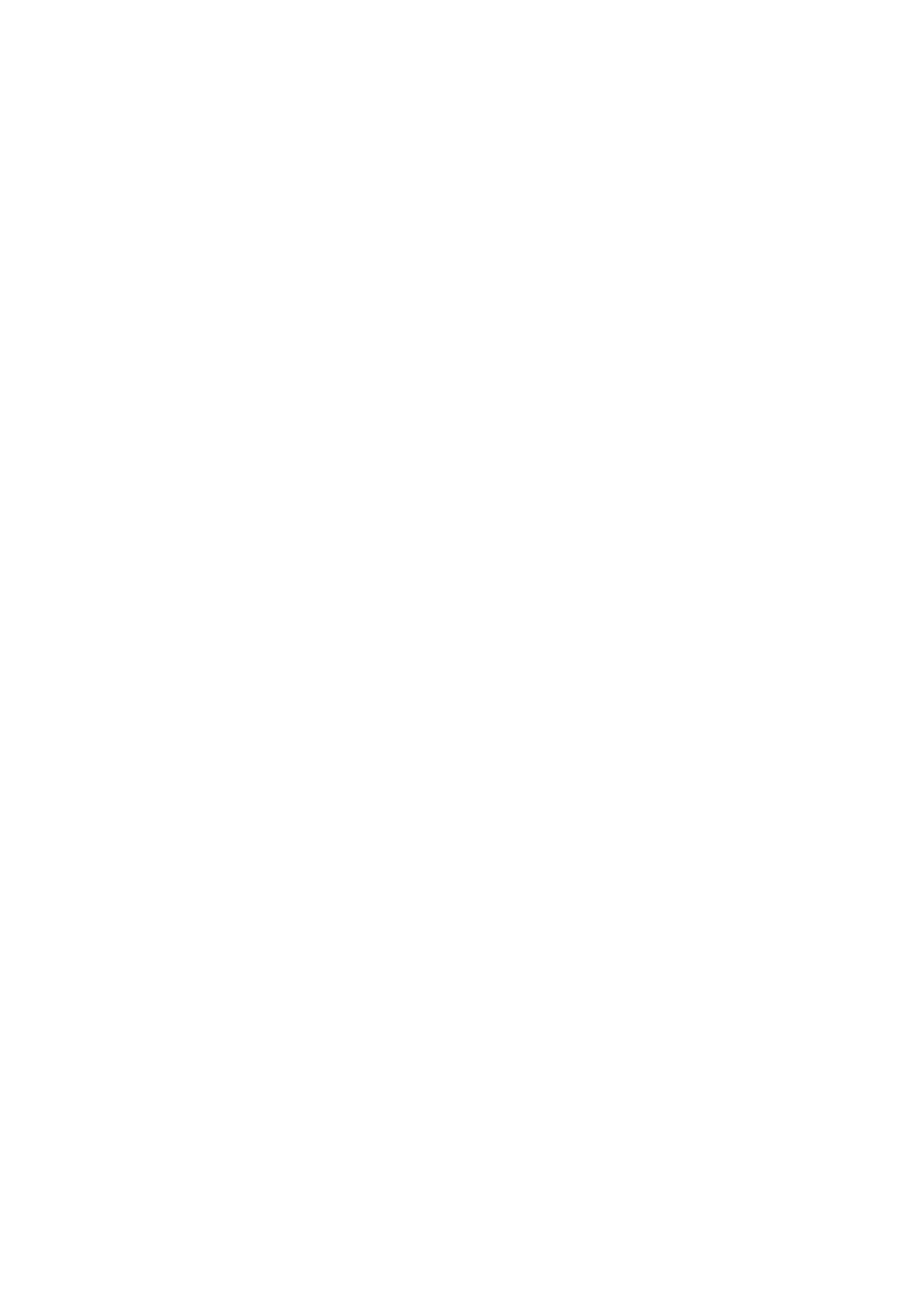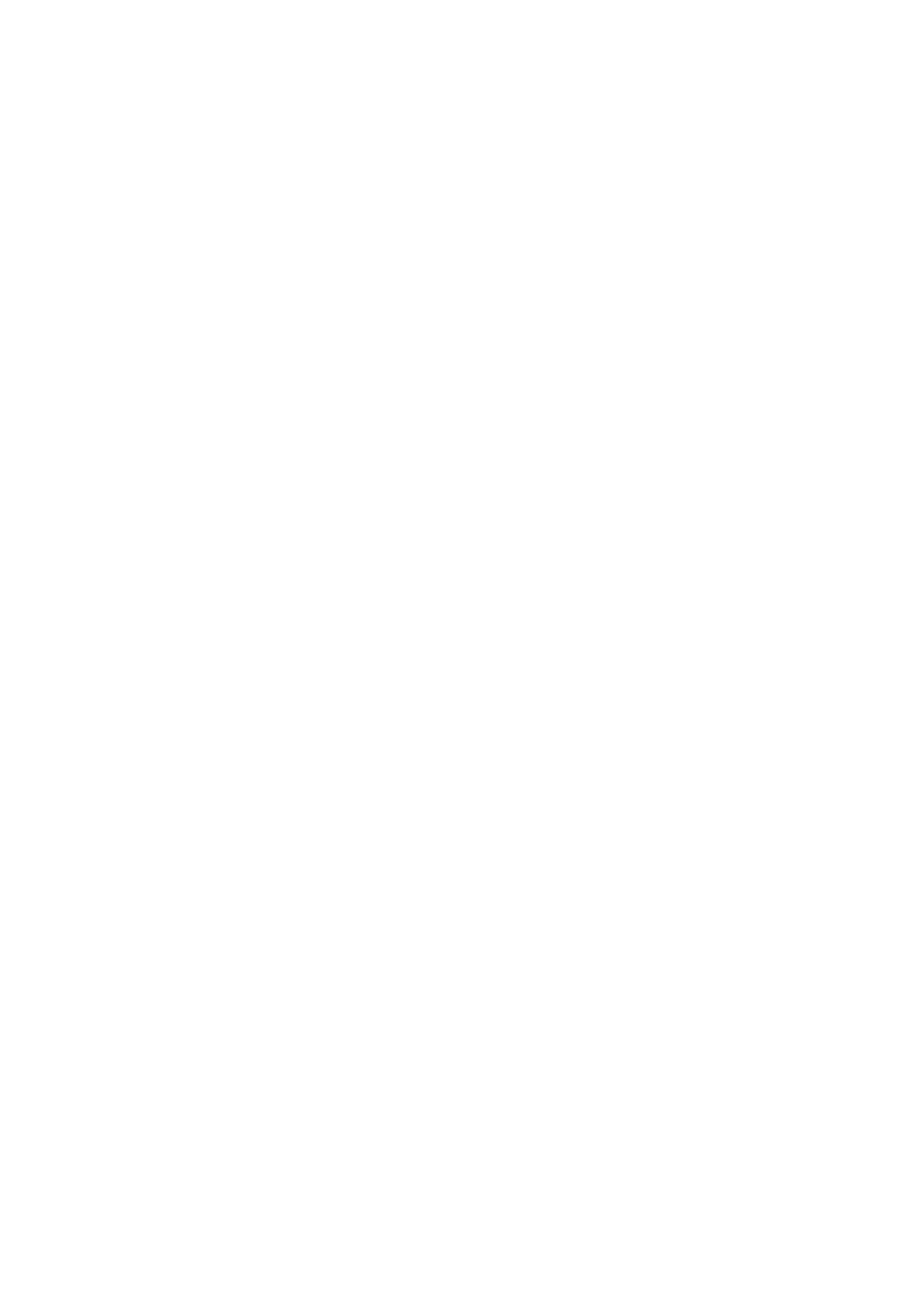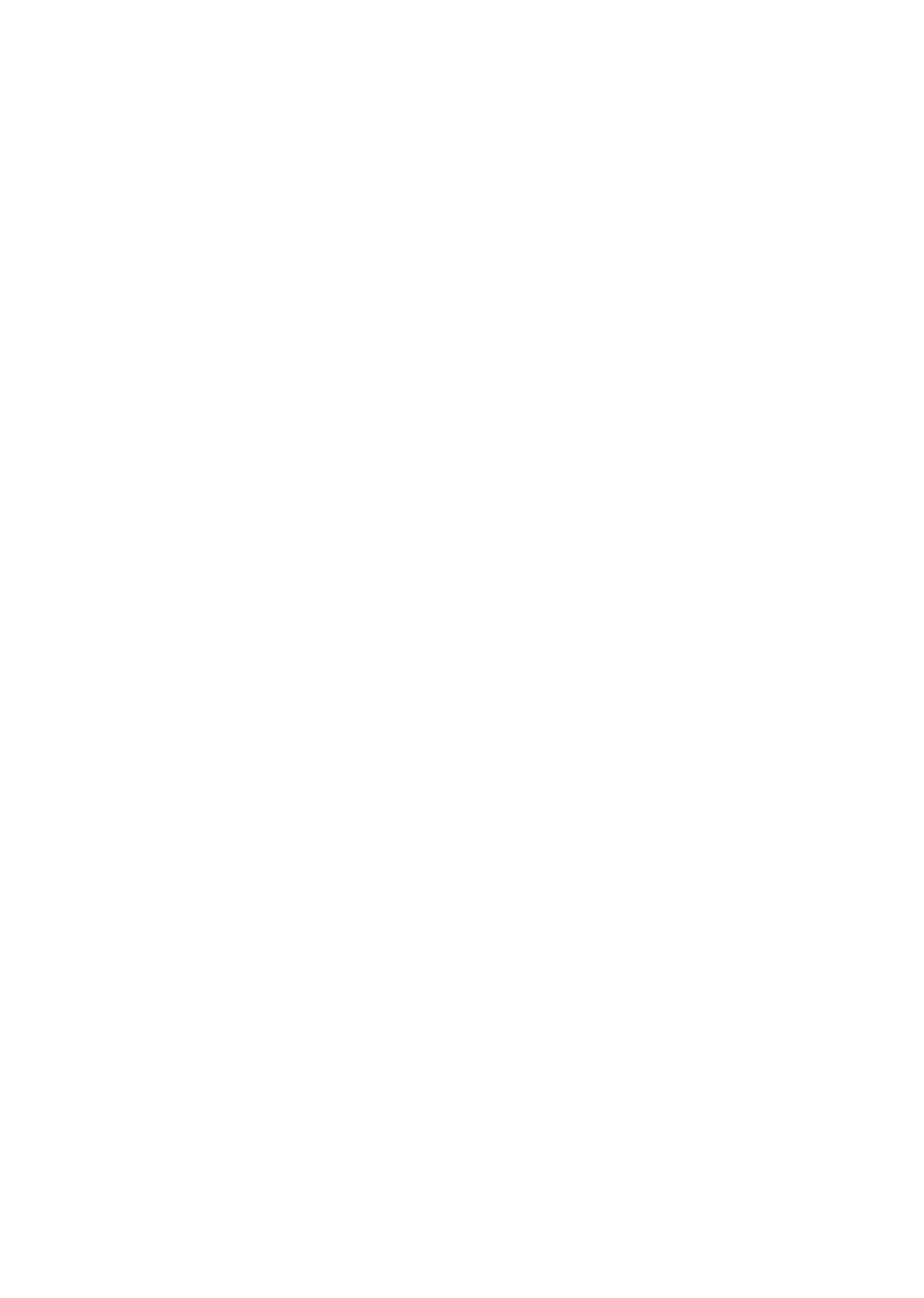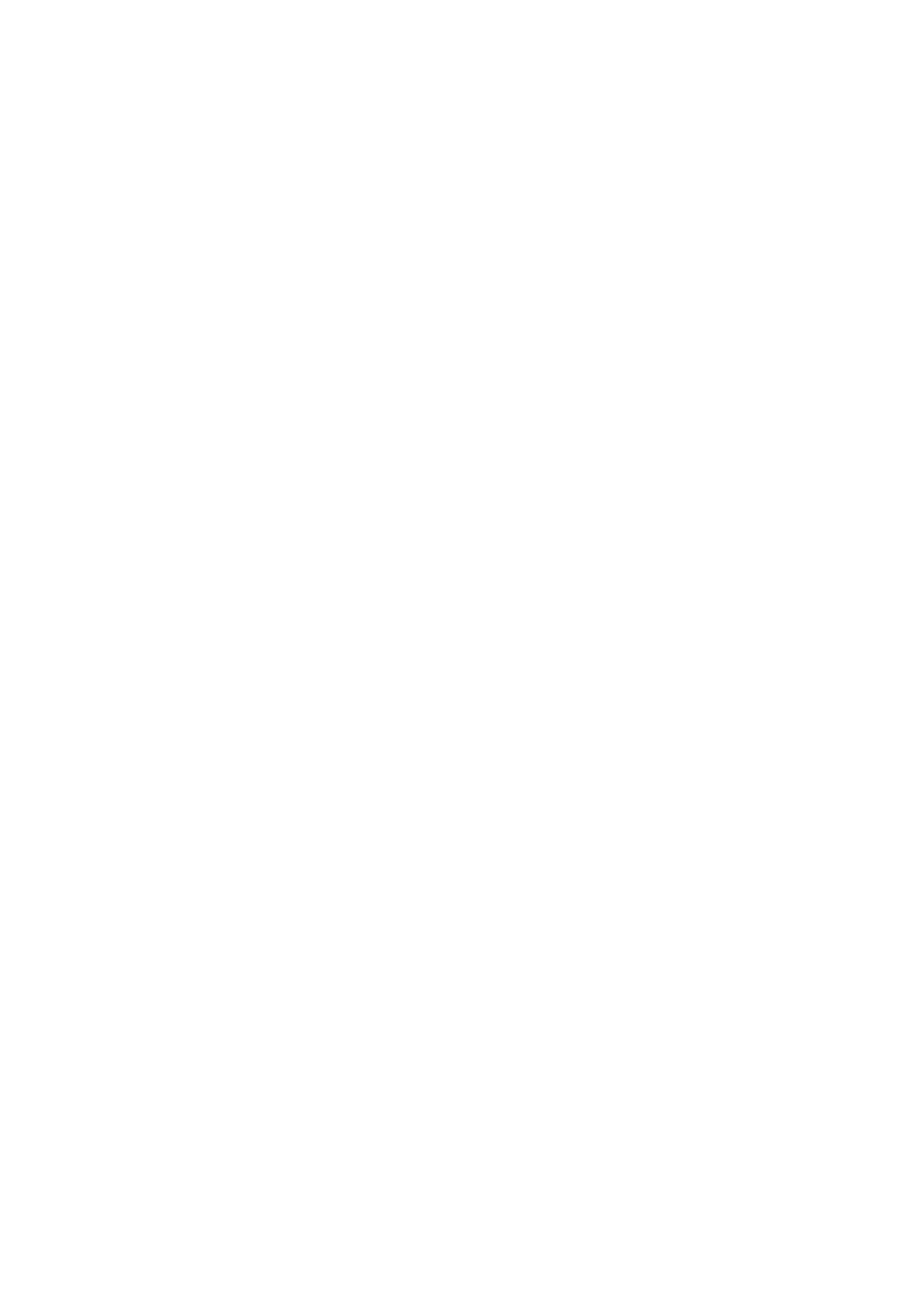
BEFORE THE ILLNOIS POLLUTION CONTROL
BOARtCE~VED
CLERK’S OFFICE
PEOPLE OF THE STATE OF ILLINOIS,
)
DCI 312005
Complainant,
)
STATE OF ILLINOIS
Pollution Control Board
vs.
)
PCBO4-16
)
PACKAGING PERSONIFIED, INC.,
)
(Enforcement)
an Illinois corporation,
)
)
Respondent.
)
NOTICE OF FILING
TO:
Bradley
P.
Halloran
Christopher J. Grant
Hearing Officer
Office of the Attorney General
Illinois Pollution Control Board
188 West Randolph
James R. Thompson Center
20th
Floor
Suite 11-500
Chicago, IL 60601
100 West Randolph Street
Chicago, Illinois 60601
PLEASE TAKE NOTICE that on Monday, October 31, 2005, we filed the attached
Answer to First Amended Complaint via hand delivery with the Clerk ofthe Illinois Pollution
Control Board, a copy ofwhich is herewith served upon you.
Respectfully submitted,
PACKAGING PERSONIFIED, INC.
/
I
/
ft.
/
BY:
~
One/of Its Attorneys
Roy M. Harsch
Sasha M. Engle
Gardner Carton & Douglas LLP
191 N. Wacker Drive
Suite 3700
Chicago, Illinois 60606-1698
(312) 569-1000
THIS
FILING
IS
SUBMITTED ON RECYCLED PAPER
BEFORE THE ILLINOIS POLLUTION CONTROL BOARD
PEOPLE OF THE STATE OF ILLINOIS,
)
Complainant,
)
OCT 312005
vs.
)
PCB 04-16
p~f~
g1~9IOIS
PACKAGING PERSONIFIED, INC.,
)
(Enforcement)
an Illinois corporation,
)
)
Respondent.
)
ANSWER TO FIRST AMENDED COMPLAiNT
Defendant, Packaging Personified (“Packaging”), by and through its attorneys Gardner
Carton & Douglas LLP, for its Answer to First Amended Complaint (“Complaint”), states as
follows:
COUNT I
CONSTRUCTION OF EMISSION SOURCES WITHOUT A PERMIT
1.
This Amended Complaint is brought on behalf of THE PEOPLE OF THE STATE
OF ILLINOIS by LISA MADIGAN, Attorney General of the State of Illinois, on her own
motion and at the request of the Illinois Environmental Protection Agency (“Illinois EPA”)
pursuant to the terms and provisions of Section 31 ofthe Illinois Environmental Protection Act
(“Act”), 415 ILCS 5/31 (2002).
ANSWER:
Packaging admits that the Attorney General purports to bring this Complaint on behalf of
the People ofthe State of Illinois pursuant to the Illinois Environmental Protection Act.
2.
Illinois EPA is an administrative agency of the State of Illinois, established by
Section 4 of the Act, 415 ILCS 5/4 (2002), and is charged,
inter alia,
with the duty of enforcing
the Act, and regulations promulgated by the Illinois Pollution Control Board (“Board”).
ANSWER:
Packaging admits that Paragraph 2 of Count I refers to the Act and avers that the Act
speaks for itself
3.
At all times relevant to this Amended Complaint, Respondent PACKAGING
PERSONIFIED, INC., was, and is, an Illinois corporation, duly authorized to transact business in
the State ofIllinois.
ANSWER:
Packaging admits the allegations of Paragraph 3 ofCount I.
4.
The Respondent owns and operates a polyethylene and polypropylene film
processing and printing facility located at 246 Kehoe Boulevard, Carol Stream, Du Page County,
Illinois (“Facility” or “Site”). At the time of the alleged violations, Du Page County was
classified pursuant to the federal Clean Air Act, 42 U.S.C. 7401
et seq.,
as a ‘severe ozone
nonattainment area.’
ANSWER:
Packaging admits that it owns and operates the Facility located at 246 Kehoe Boulevard,
in Carol Stream, Du Page County, Illinois. Further answering, the allegation regarding the ozone
nonattainment status of DuPage County is a legal conclusion to which no answer is required.
5.
As a regular
part
of its operations, the Respondent extrudes and prints plastic
bags. The extrusion process is operated seven days per week, 24 hours per day. The printing
process is operated
5
days per week, 16 hours per day. Since at least 1992, the extruders,
flexographic printing presses, curing ovens, solvent cleaning processes, and other equipment at
the Site (collectively “emission sources”) have had the capacity to emit in excess of25 tons of
volatile organic material (“VOM”) per year. The Respondent’s actual 2002 VOM emissions
were more than 44 tons.
ANSWER:
Packaging admits that it extrudes and prints bags. Further answering, Packaging states
that it does not print every bag it extrudes. Further answering, Packaging admits that Presses No.
2
4 and 5 have integral tunnel dryers as part of the press. Packaging denies that a curing oven
exists at its Facility. Packaging admits the remaining allegations ofParagraph 5 ofCount I.
6.
The Respondent began installation of emissions sources at the Site on a date
better known to Respondent, but prior to 1989. During the years 1992, and 1995, the
Respondent installed, and began operation of, four flexographic printing presses and a curing
oven. During the years 1992 and 1995, the Respondent installed, and began operation of, four
extruders. The Respondent did not apply for or obtain Illinois EPA construction permits for the
presses, oven or extruders prior to construction/installation. The Respondent did not apply for or
obtain operating permits for the presses, oven or extruders until July 2, 2002.
ANSWER:
Packaging admits that on or around the following dates, it installed and began operation
of four printing presses, and two extruders:
• One extruder was installed in 1992
• Another extruder was installed in 1995
• Press #1 was installed in 1992
• Press #2 was installed in 1995
• Press #4 was installed in 1992 and removed in 2003
• Press
#5
was installed in 1995
• Press #6 (Comexi) was installed in 2003
Two extruders were already in place in 1992. Packaging denies that it installed a curing oven
and further denies that a curing oven exists at its Facility. Further answering, Packaging states
that it was the owner of the site prior to 1993 when it was not subject to specific VOM
limitations, and hence, was not aware of the subsequent potential applicability of environmental
regulations, including construction permit requirements, to its operations. As soon as Packaging
learned of the potential applicability of the regulations, it took steps to come into compliance.
3
Further answering, Packaging states that prior to installation of Press No. 6 and its thermal
oxidizer, it applied for and obtained construction permits.
7.
On July 2, 2002, the Respondent applied for a Clean Air Act Permit Program
Permit (“CAAPP Permit”) for its emission sources at the Site. On August 31, 2004, the
Respondent applied to Illinois EPA for a Federally Enforceable State OperatingPerrnit
(“FESOP”) for its operations at the Site.
ANSWER:
Packaging admits the allegations ofParagraph 7 of Count I.
8.
Section 9 of the Act, 415 ILCS 5/9 (2002), provides, in pertinent part, as follows:
No person shall:
***
(b)
Construct, install, or operate any equipment,
facility, vehicle, vessel, or aircraft capable of
causing or contributing to air pollution or designed
to prevent air pollution of any type designated by
Board regulations, without a permit granted by the
Agency, or in violation of any conditions imposed
by such permit.
ANSWER:
Packaging admits that Paragraph 8 of Count I accurately quotes the selected section of
the Act and avers that the Act speaks for itself
9.
Section 3.3 15 of the Act, 415 ILCS 5/3.3 15 (2002), provides, as follows:
“PERSON” is any individual, partnership, co-partnership,
firm, company, limited liability company, corporation,
association, joint stock company, trust, estate, political
subdivision, state agency, or any other legal entity, or their
legal representative, agent or assigns.
4
ANSWER:
Packaging admits that Paragraph 9 of Count I accurately quotes the selected section of
the Act and avers that the Act speaks for itself
10.
The Respondent, an Illinois corporation, is a “person” as that term is defined in
Section 3.315 of the Act, 415 ILCS 5/3.315 (2002).
ANSWER:
The allegations of Paragraph 10 of Count I are legal conclusions to which no answer is
required.
II.
Section 201.142 of the Board regulations, 35 Ill. Adm. Code 201.142, provides, as
follows:
No person shall cause or allow the construction ofany new
emission source or any new air pollution control
equipment, without first obtaining a construction pennit
from the Agency, except as provided in Section 201.146.
ANSWER:
Packaging admits that Paragraph Ii ofCount I accurately quotes the selected section of
the Code and avers that the Code speaks for itself
12.
Section 201.102 ofthe Board regulations, 35111. Adm. Code 201.102, provides, in
pertinent part, as follows:
“Emission Source”: any equipment or facility of a type
capable of emitting specified air contaminants to the
atmosphere.
“New Emission Source”: any emission source, the
construction or modification of which is commenced on or
after April 14, 1972.
5
ANSWER:
Packaging admits that Paragraph 12 of Count I accurately quotes the selected section of
the Code and avers that the Code speaks for itself
13.
Respondent’s extruders, flexographic printing presses, and ovens are “emission
sources” and “new emission sources” as those terms are defined in 35 Ill. Adm. Code
201. 102.
ANSWER:
Packaging denies the allegation that a curing oven exists at the Facility. Further,
answering, the remaining allegations of Paragraph 13 of Count I are legal conclusionslo which
rio answer is required.
14.
Section 3.115 ofthe Act, 415 ILCS 5/3.115 (2002), contains the following
definition:
“AIR POLLUTION” is the presence in the atmosphere of
one or more contaminants in sufficient quantities and of
such characteristics and duration as to be injurious to
human, plant, or animal life, to health, or to property, or to
unreasonably interfere with the enjoyment of life or
property.
ANSWER:
Packaging admits that Paragraph 14 of Count I accurately quotes the selected section of
the Act and avers that the Act speaks for itself
15.
Section 3.165 ofthe Act, 415 ILCS 5/3.165 (2002), provides, as follows:
“CONTAMINANT” is any solid, liquid, gaseous matter,
any odor, or any form ofenergy, from whatever source.
6
ANSWER:
Packaging admits that Paragraph 15 of Count I accurately quotes the selected section of
the Act and avers that the Act speaks for itself
16.
VOM emitted from emissions sources at the Site is a “contaminant” as that term is
defined in Section 3.165 of the Act, 415 ILCS 5/3.165 (2002).
ANSWER:
The allegations of Paragraph 16 of Count I are legal conclusions to which no answer is
required.
17.
Respondent’s emissions sources emit VOM, a contaminant injurious to human
health, to the atmosphere, and therefore are capable of causing or contributing to air pollution.
ANSWER:
Packaging admits that its Facility emits VOM. Packaging denies the remaining
allegations of Paragraph 17 of Count I.
18.
On various dates from 1989 to the present, the Respondent commenced
construction of the emissions sources at the Site without first having applied for or obtained
construction permits from Illinois EPA. The Respondent thereby violated Section 9(b) of the
Act, 415 ILCS 5/9(b) (2002), and 35111. Adm. Code 201.142. Respondent’s violations were
willful, knowing, and repeated.
ANSWER:
Packaging admits that on or around 1992, 1995 and 2003, it installed and began operation
of four printing presses and two extruders, and that two extruders were already in place in 1992.
Packaging denies that it installed a curing oven and further denies that a curing oven exists at its
Facility. Further answering, Packaging states that it was the owner of the site prior to 1993 when
it was not subject to specific VOM limitations, and hence, was not aware of the subsequent
potential applicability of environmental regulations, including construction pennit requirements,
7
to its operations. As soon as Packaging learned of the potential applicability ofthe regulations, it
took steps to come into compliance. Further answering, .Packaging states that prior to installation
of Press No. 6 and its thermal oxidizer, it applied for and obtained construction permits. Further
answering, the remaining allegations ofParagraph 18 of Count I are legal conclusions to which
no response is required. Packaging denies that it willfully, knowingly or repeatedly violated the
Act or any regulations.
COUNT II
OPERATION OF EMISSION SOURCES WITHOUT A PERMIT
1-16. Complainant realleges and incorporates by reference herein Paragraphs I through
10, and Paragraphs 12 through 17, of Count I as Paragraphs I through 16 ofthis Count II.
ANSWER:
Packaging adopts its answers to Paragraphs 1-10 and Paragraphs 12 through 17 of Count
I as its answers to Paragraphs 1-16 of Count II.
17.
Section 201.143 of the Board regulations, 35 111. Adm. Code 201.143, provides, as
follows:
No person shall cause or allow the operation of any new
emission source or any new air pollution control equipment
of
a
type for which a construction permit is required by
Section 201.142 without first obtaining an operating permit
from the Agency, except for such testing operations as may
be authorized by the construction permit. Applications for
operating permits shall be made at such times and contain
such information
. . .
as shall be specified in the
construction permit.
ANSWER:
Packaging admits that Paragraph 17 of Count II accurately quotes the selected section of
the Code and avers that the Code speaks for itself
8
18.
From 1989 until July 2,2002, the Respondent operated one or more emission
sources at the Site without having first applied for and obtained operating pennits from Illinois
EPA. The Respondent has thereby violated Section 9(b) ofthe Act, 415 ILCS 5/9(b) (2002), and
35 III. Adm. Code 201.143. Respondent’s violations were willful, knowing and repeated.
ANSWER:
Packaging admits that on or around from 1989 to July 2, 2002, it operated four presscs
and four extruders without obtaining an operating permit. Packaging denies that it installed a
curing oven and further denies that a curing oven exists at its Facility. Further answering,
Packaging states that it was the owner ofthe site prior to 1993 when it was not subject to specific
VOM limitations, and hence, was not aware ofthe subsequent potential applicability of
environmental regulations, including operating permit requirements, to its operations. As soon as
Packaging learned of the potential applicability of the regulations, it took steps to come into
compliance. Further answering, the remaining allegations of Paragraph 18 ofCount II are legal
conclusions to which no response is required. Packaging denies that it willfully, knowingly or
repeatedly violated the Act or any regulations.
COUNT III
FAILURE TO SUBMIT TIMELY ANNUAL EMISSIONS REPORTS
1-11. Complainant realleges and incorporates by reference herein Paragraphs I through
6, Paragraphs 9 and 10, and Paragraphs 15 through 17 ofCount las Paragraphs 1 through 11 of
this Count III.
ANSWER:
Packaging adopts its Answers to Paragraphs 1 -6, Paragraphs 9 and 10, and Paragraphs 15
through 17 of Count las its answers to Paragraphs 1-Il of this Count III.
12.
The Respondent did not submit Annual Emission Reports to Illinois EPA for the
years 1992, 1993, 1994,
1995,
1996, 1997, 1998, 1999, 2000 and 2001, until August 8, 2002.
9
ANSWER:
Packaging admits that it did not submit until 2002 annual emission reports for the years
1992 through 2001. Further answering, Packaging states that it was the owner of the site prior to
1993 when it was not subject to specific VOM limitations, and hence, was not aware of the
subsequent potential applicability of environmental regulations, including annual reporting
requirements, to its operations. As soon as Packaging learned of the potential applicability of the
regulations, it took steps to come into compliance. Further answering, Packaging states that on
or around August 8, 2002, it submitted Annual Emission Reports to Illinois RPKfnryearsJ99Z
through 2001.
13.
Section 9(a) of the Act, 415 ILCS
5/9(a)
(2002), provides, in pertinent part, as
follows:
No person shall:
(a)
cause or threaten or allow the discharge or emission
of any contaminant into the environment in any
State so as to cause or tend to cause air pollution in
Illinois, either alone or in combination with
contaminants from other sources, or so as to violate
regulations or standards adopted by the Board under
this Act;
ANSWER:
Packaging admits that Paragraph 13 ofCount III accurately quotes the selectedsectiorrof
the Act and avers that the Act speaks for itself
14.
Section 201.302(a) ofthe Board regulations, 35 Ill. Adm. Code 201.302(a),
provides, as follows:
The owner or operator of any emission unit or air pollution
control equipment, unless specifically exempted in this
Section, shall submit
to
the Agency
as a
minimum, annual
reports detailing the nature, specific emission units and
total annual quantities of all specified air contaminant
10
emissions; provided, however, that the Agency may require
more frequent reports where necessary to accomplish the
purpose of the Act and this Chapter.
ANSWER:
Packaging admits that Paragraph 14 ofCount III accurately quotes the selected sectiono1
the Code and avers that the Code speaks for itself.
15.
Section 211.1950 of the Board regulations, 35 Ill. Adm. Code 211.1950, provides,
as follows:
“Emission unit” means any part or activity at a stationary
source that emits or has the potential to emit any air
pollutant.
ANSWER:
Packaging admits that Paragraph 15 ofCount III accurately quotes the selected section of
the Code and avers that the Code speaks for itself.
16.
Section. 211.6370 of the Board regulations provides, as follows:
“Stationary Source” means any building, structure, facility,
or installation that emits or may emit any air pollutant.
ANSWER:
Packaging admits that Paragraph 16 of Count III accurately quotes the selected section of
the Code and avers that the Code speaks for itself
17.
Respondent’s facility is a “stationary source” as that term is defined in 35 III.
Adm. Code 211.6370.
ANSWER:
The allegation of Paragraph 17 of Count III is a legal conclusion to which no answer is
required.
11
18.
The emission sources at the Site are “emission unitsI” as that term is defined in
35111. Adm. Code 211.1950.
ANSWER:
The allegation of Paragraph 18 of Count III is a legal conclusion to which no answer is
required.
19.
Section 254.137 of the Board regulations, 35111. Adm. Code 254.137, provides, in
pertinent part, as follows:
a)
All Annual Emission Reports are due by May I of
the year following the calendar year in which the
emissions took place.
***
ANSWER:
Packaging admits that Paragraph 19 of Count III accurately quotes the selected section of
the Code and avers that the Code speaks for itself
20.
The Respondent is the owner and/or operator ofthe VOM emission sources, and
therefore was required to submit Annual Emission Reports, according to the schedule contained
in 35 Ill. Adm. Code 254.137, for each calendar year from 1992 until the present.
ANSWER:
Packaging admits that its Facility emits VOM. Further answering, the remaining
allegations of Paragraph 20 of Count III are legal conclusions to which no answer is required.
21.
By failing to submit Annual Emission Reports for the years 1992 through 2001
until August 8,2002, the Respondent violated Sections 201.302(a) and 254.137 of the Board
regulations, 35 Ill. Adm. Code Sections 201.302(a) and 254.137, and thereby also violated
Section 9(a) of the Act, 415 ILCS
5/9(a)
(2002). Respondent’s violations were willful, knowing,
and repeated.
12
ANSWER:
Packaging states that it was the owner of the site prior to 1993 when it was not subject to
specific VOM limitations, and hence, was not aware of the subsequent potential applicability of
environmental regulations, including annual reporting requirements, to its operations. As soon
as Packaging learned of the potential applicability of the regulations, it took steps to come into
compliance. Further answering, Packaging states that on or around August 8, 2002, it submitted
Annual Emission Reports to Illinois EPA for years 1992 through 2001. The remaining
allegations of Paragraph 21 of Count 1111 are legal conclusions to which no answer is required.
Packaging denies that it willfully, knowingly or repeatedly violated the Act or any regulations.
COUNT IV
OPERATING A MAJOR STATIONARY SOURCE WITHOUT A CAAPP PERMIT
1-15. Complainant realleges and incorporates by reference herein Paragraphs 1 through
II, Paragraph 13, and Paragraphs 15 through 17 of Count III, as Paragraphs I through 15 of this
Count IV.
ANSWER:
Packaging adopts its Answers to Paragraphs 1-11, Paragraph 13, Paragraphs 15 through
17, ofCount III as its answers to Paragraphs 1-15 of this Count IV.
16.
Section 39.5 ofthe Act, 415 ILCS 5/39.5 (2002), provides, in pertinent part, as
follows:
5.
Applications and Completeness
a.
An owner or operator of a CAAPP source shall
submit its complete CAAPP application consistent
with the Act and applicable regulations.
*
**
6.
Prohibition
*
**
13
b.
After the applicable CAAPP permit or renewal
application
submittal date, as specified in
subsection
5
of this Section, no person shall operate
a CAAPP source without a CAAPP permit unless
the complete CAAPP permit or renewal application
for such source has been timely submitted to the
Agency.
ANSWER:
Packaging admits that Paragraph 16 of Count IV accurately quotes the selected section of
the Act and avers that the Act speaks for itself
17.
Section 39.5(1) of the Act, 415 ILCS 5/39.5(1) (2002), provides, in pertinent part,
as follows:
“CAAPP” means the Clean Air Act Permit Program, developed
pursuant to Title V ofthe Clean Air Act.
“CAAPP Permit”.
. .
means any permit issued, renewed, amended,
modified or revised pursuant to Title V of the Clean Air Act.
“CAAPP source” means any source for which the owner or
operator is required to obtain a CAAPP permit pursuant to
subsection 2 of this Section.
“Owner or operator” means any person who owns, leases, operates,
controls, or supervises a stationary source.
“Source” means any stationary source (or any group of stationary
sources) that are located on one or more contiguous or adjacent
properties and are under common control of the same person (or
persons under common control) and that belongs to a single major
industrial grouping.
“Stationary source” means any building, structure, facility, or
installation that emits or may emit any regulated air pollutant.
. .
“Regulated air pollutant” means the following:
1.
Nitrogen oxides
(NOx)
or any
volatile
organic
compound.
14
ANSWER:
Packaging admits that Paragraph 17 ofCount IV accurately quotes the selected section of
the Act and avers that the Act speaks for itself
18.
Section 39.5(2) of the Act, 415 ILCS 5/39.5(2)(2002), provides in pertinent part,
as follows:
a.
Sources subject to this Section shall include:
1.
Any major source as defined in paragraph c) of this
subsection.
*
**
c.
For purposes ofthis Section the term “major source” means
any source that is:
*
**
iii.
A major stationary source as defined in part D of
Title I of the Clean Air Act including:
A.
For ozone nonattainment areas, sources with
the potential to emit 100 tons or more per
year of volatile organic compounds or
oxides of nitrogen in areas classified as
“marginal” or
. . .
to emit 25 tons or more
per year in areas classified as severe.
ANSWER:
Packaging admits that Paragraph 18 ofCount IV accurately quotes the selected section of
the Act and avers that the Act speaks for itself
19.
Since at least 1992, Respondent’s facility, located in what was
a
severe ozone
nonattainment area throughout the relevant period, has had the potential to emit over 25 tons per
year of VOM, and is a “major stationary source” as that term is defined in Section 39.5(2) of the
Act, 415 ILCS 5/39.5(2) (2002), and therefore also a “CAAPP source” as defined in Section
39.5(1) ofthe Act, 415 ILCS
5/39.50)
(2002).
15
ANSWER:
Packaging admits that its Facility has the potential to emit over 25 tons per year of VOM.
Packaging denies that its Facility is located in what is now
a
severe nonattainment area. Further
answering, the remaining allegations of Paragraph 19
of
Count IV are legal conclusions to which
no answer is required.
20.
Respondent owns and operates the emission sources at the Site, and therefore is
the “owner and operator” of a “CAAPP source” as those terms are defined in Section
39.50)
of
the Act, 415 ILCS 5/39.5(1) (2002).
ANSWER:
Packaging admits that it owns and operates emission sources at its Facility. Further
answering, the remaining allegations of Paragraph 20 of Count IV are legal conclusions to which
no answer is required.
21.
Section 39.5(5) ofthe Act, 415 ILCS 39.5(5) (2002), provides, in pertinent part,
as follows:
a.
An owner or operator of a CAAPP source shall submit its
complete CAAPP application consistent with the Act and
all applicable regulations.
*
**
ANSWER:
Packaging admits that Paragraph 21 of Count
IV
accurately quotes the selected section of
the Act and avers that the Act speaks for itself
22.
Section 270.201(b) of the Board regulations, 35 III. Adm. Code 270.201(b)
provides, in pertinent part, as follows:
b)
an owner or operator of a CAAPP source with the
following SIC codes shall submit its initial complete
CAAPP application not later than 6 months after the
16
effective date of the CAAPP: 26 (paper and allied
products); 27 (printing and publishing).
ANSWER:
Packaging admits that Paragraph 22 ofCount IV accurately quotes the selected section of
the Code and avers that the Code speaks for itself
23.
The Respondent, as owner and operator of a CAAPP source, was required to
submit its CAAPP application by March 1, 1996. However, the Respondent did not submit a
CAAPP application to Illinois EPA until July 2, 2002.
ANSWER:
Further answering, Packaging states that it was the owner of the site prior to 1993 when it
was not subject to specific VOM Limitations, and hence, was not aware ofthe subsequent
potential applicability of environmental regulations, including CAAPP requirements, to its
operations. As soon as Packaging learned ofthe potential applicability of the regulations, it took
steps to come into compliance. Further answering, Packaging states that it submitted a CAAPP
application on or around July 2, 2002.
24.
On August 31, 2004, prior to the issuance of its CAAPP Permit, the Respondent
applied to Illinois EPA for a Federally Enforceable State Operating Permit (“FESOP”) for its
operations at the Site. Respondent’s FESOP incorporated the use of a newly purchased thermal
oxidizer, intended to reduce VOM emissions below ‘major source’ levels.
ANSWER:
Packaging admits that it submitted a FESOP application on or about August 31, 2004.
Packaging further admits that its FESOP incorporated the use of a thermal oxidizer on Presses
No.
5
and 6 and the removal ofPress No. 4 to reduce VOM emissions at the Facility.
25.
By failing to submit its application for a CAAPP permit by March 1, 1996, the
Respondent violated Sections 39.5(5) and 39.5(6)(b) of the Act, 415 ILCS 5/39.5(5) and
5/39.5(6)(b) (2002), and 35 Ill. Adm. Code 270.201(b). By violating 35 III. Adm. Code
17
270.201(b), the Respondent thereby also violated Section 9(a) of the Act, 415 ILCS 5/9(a)
(2002). Respondent’s violations were willful, knowing, and repeated.
ANSWER:
Packaging states that it was the owner ofthe site prior to 1993 when it was not subject to
specific VOM Limitations, and hence, was not aware of the subsequent potential applicability of
environmental regulations, including CAAPP requirements, to its operations. As soon as
Packaging learned of the potential applicability of the regulations, it took steps to conic into
compliance. Further answering, Packaging states that it submitted a CAAPP application on or
around July 2, 2002. Further answering, Packaging states that it submitted a FESOP application
on or about August 31, 2004. The remaining allegations of Paragraph 25 of Count IV are legal
conclusions to which no response is required. Packaging denies that it willfully, knowingly or
repeatedly violated the Act.
COUNT V
VIOLATION OF NEW SOURCE REVIEW
1-18. Complainant realleges and incorporates by reference herein Paragraphs I through
15, and Paragraphs 17 through 19 ofCount IV as Paragraphs I through 18 of this Count V.
ANSWER:
Packaging adopts its answers to Paragraphs 1-15, and Paragraphs 17 through 19 of Count
IV as its answers to Paragraphs 1-18 ofCount V.
19.
In 1992, the Respondent installed and began operations of flexographic printing
‘Press No. 4’ at the Site. Beginning in 1992, Press No 4 had the potential to emit approximately
52 tons per year of VOM. In 1995, the Respondent installed and began operations of
flexographic printing ‘Press No 5’ at the Site. Beginning in 1995, Press No.
5
had the potential
to emit approximately 120 tons per year of VOM uncontrolled, and approximately 39 tons per
year of VOM when controlled. In addition, between 1992 and 1995, the Respondent constructed
and operated other VOM emission sources consisting of two additional flexographic printing
presses, one curing oven, and four extruders.
18
ANSWER:
Packaging denies that it installed a curing oven and further denies that a curing oven
exists at its Facility. Further answering, Packaging states that two of the four extruders were
already in place in 1992. Packaging admits the remaining allegations of Paragraph 19 of Count
N.j
20.
From at least 1992 until at least 2002, the Respondent failed to evaluate the
emission sources to determine whether process measures and control equipment at the Site
produced the lowest achievable emission rate (LAER), and failed to demonstrate to Illinois EPA
that its process produced LAER.
ANSWER:
Packaging admits that on or around 1992, 1995 and 2003, it installed and began operation
of four printing presses and two extruders, and that two extruders were already in place in 1992.
Further answering, Packaging states that it was the owner of the site prior to 1993 when it was
not subject to specific VOM Limitations, and hence, was not aware of the subsequent potential
applicability ofenvironmental regulations, including the LAER standard, to its operations. As
soon as Packaging learned of the potential applicability of the regulations, it took steps to come
into compliance. The control systems added to Packaging’s operations on Presses
5
and 6 in
2003, consisting of a thermal oxidizer and Permanent Total Enclosure (PTE), would meet the
LAER standard for flexographic printing. Further answering, Packaging denies that the two
extruders already in place in 1992 and Presses 1, 2 and 4 are subject to LAER.
21.
Pursuant to authority granted under the Act, the Board has promulgated standards
applicable to the construction and modification of major stationary sources of regulated air
pollutants, at 35 Ill. Adm. Code, Part 203 (“Major Stationary Source regulations”).
19
ANSWER:
Packaging admits that Paragraph 21 of Count V refers to the selected section of the Code
and avers that the Code speaks for itself
22.
Section 203.201 ofthe Major Stationary Source regulations, 35 III. Adm. Code
203.201, provides, in pertinent part, as follows:
In any nonattainment area, no person shall cause of allow the
construction of a new major stationary source or major
modification that is major for the pollutant for which the area is
designated a nonattainment area, except as in compliance with this
part for that pollutant. Tn areas designated nonattainment for
ozone, this prohibition shall apply to new major stationary sources
or major modifications of sources that emit volatile organic
materials or Nitrogen oxides.
.
ANSWER:
Packaging admits that Paragraph 22 of Count V accurately quotes the selected section of
the Code and avers that the Code speaks for itself
23.
Section 203.206 ofthe Major Stationary Source regulations, 35 III. Adm. Code
203.206 provides, in pertinent part, as follows:
a)
For purposes of this Part, the term “major stationary
source” shall exclusively mean “building, structure and
facility,” as those terms are defined in Section 203.113 of
this Part.
b)
The following constitute a major stationary source:
1)
For an area designated as nonattainment for ozone,
a major stationary source is a stationary source
which emits or has the potential to emit volatile
organic material in an amount equal to or greater
than the following:
*
**
C)
25
tons per year in an area classified as
severe nonattainment for ozone;
20
*
**
ANSWER:
Packaging admits that Paragraph 23 of Count V accurately quotes the selected section of
the Code and avers that the Code speaks for itself.
24.
Section 203.207 of the Major Stationary Source regulations, 35 Ill. Adm. Code
203.203 provides, in pertinent part, as follows:
Major Modification of a Source
a)
Except as provided in subsection (c), (d), (e) or (I) below, a
physical change, or change in the method of operation of a
major stationary source that would result in a significant
net emissions increase ofany pollutant for which the area is
designated a nonattainment area, shall constitute a major
modification of a source
ANSWER:
Packaging admits that Paragraph 24 of CoUnt V accurately quotes the selected section of
the Code and avers that the Code speaks for itself.
25.
Section 203.208 ofthe Major Stationary Source regulations, 35 Ill. Adm. Code
203.208 provides, in pertinent part, as follows:
Net Emission Determination
A net emissions increase is the amount by which the sum of any
increase in actual emissions from a particular physical change or
change in method of operation at a source, and any other increases
and decreases in actual emissions at the source that are
contemporaneous with the particular change and are otherwise
creditable, exceeds zero.
. . .
The following steps determine
whether the increase or decrease in emissions is available.
*
**
21
ANSWER:
Packaging admits that Paragraph 25 ofCount V accurately quotes the selected section of
the Code and avers that the Code speaks for itself.
26.
Section 203.209 of the Major Stationary Source regulations, 35 III. Adm. Code
203.209, provides, in pertinent part, as follows:
Significant Emissions Determination
*
**
b)
For areas classified as serious or severe nonattainmcnt for
ozone, an increase in emissions of volatile organic material
or nitrogen oxides shall be considered significant if the net
emissions increase of such air pollutant from a stationary
source located within such area exceeds 25 tons when
aggregated with all other net increases in emissions from
the source over any period of 5 consecutive calendar years
which includes the calendar year in which such increase
occurred. This provision shall become effective beginning
November
15,
1992, or such later date that an area is
classified as a serious or severe nonattainment area for
ozone.
ANSWER:
Packaging admits that Paragraph 26 ofCount V accurately quotes the selected section of
the Code and avers that the Code speaks for itself
27.
Between 1992 and 1995, the Respondent installed emission sources consisting of
flexographic printing presses, one curing oven, and four extruders, which collectively had the
potential to emit, and actually emitted, more than 25 tons per year of VOM, a “significant net
emissions increase”. Respondent’s installation and operation of these emission sources
constituted a ‘major modification ofa source’ as those terms are defined and used in the Major
Stationary Source regulations.
ANSWER:
Packaging denies that it installed a curing oven and further denies that a curing oven
exists at its Facility. The remaining allegations of Paragraph 27 of Count V are legal conclusions
to which no response is required.
22
28.
Section 203.203 of the Major Stationary Source Regulations, 35 Ill. Adm. Code
203.203, provides, in pertinent part, as follows:
a)
A construction permit is required prior to actual
construction ofa major new source or major modification.
*
**
ANSWER:
Packaging admits that Paragraph 28 ofCount V accurately quotes the selected section of
the Code and avers that the Code speaks for itself
29.
Section 203.601 of the Major Stationary Source regulations, 35 Ill. Adm. Code
203.601 provides, as follows:
Lowest Achievable Emission Rate Compliance Requirement
No person shall cause or allow the operation of a new major
stationary source or major modification subject to the requirements
of Subpart C, except as in compliance with applicable LAER
provisions established pursuant to Section 203.301 for such source
or modification.
ANSWER:
Packaging admits that Paragraph 29 of Count V accurately quotes the selected section of
the Code and avers that the Code speaks for itself
30.
Section 203.30 1 of the Major Stationary Source regulations, 35 111. Adm. Code
203.301, provides, in pertinent part, as follows:
Section 203.301 Lowest Achievable Emission Rates:
a)
For any source, lowest achievable emission rate (LAER)
will be the more stringent rate of emissions based on the
following.
*
**
23
c)
Except as provided in subsection (e) or
(0
below, the
owner or operator of a major modification shall
demonstrate that the control equipment and process
measures applied to the major modification will produce
LAER. This requirement applies to each emissions unit at
which a net increase in emissions of the pollutant has
occurred or would occur as a result of a physical change or
change in the method of operation.
d)
The owner or operator shall provide a detailed showing that
the proposed emission limitation constitutes LAER.
ANSWER:
Packaging admits that Paragraph 29 ofCount V accurately quotes the selected section of
the Code and avers that the Code speaks for itself
31.
Between 1992 and 1998, The Respondent installed and operated flexographic
printing presses, one curing oven, and four extruders, which therefore constituted a ‘major
modification of a source’, without first applying for and obtaining from the Illinois EPA a permit
setting forth the LAER emissions. The Respondent thereby violated Sections 203.203 and
203.201 ofthe Major Stationary Source regulations, 35 Ill. Adm. Code Sections 203.203 and
203.201, and thereby also violated Section 9(a) ofthe Act, 415 ILCS 5/9(a) (2002).
Respondent’s violations were wilful, knowing and repeated.
ANSWER:
Packaging admits that on or around 1992, 1995 and 2003, it installed and began operation
of four printing presses and two extruders, and that two extruders were already in place in 1992.
Packaging denies that it installed a curing oven and further denies that a curing oven exists at its
Facility. Further answering, Packaging states that it was the owner of the site prior to 1993 when
it was not subject to specific VOM Limitations, and hence, was not aware of the subsequent
potential applicability of environmental regulations, including permit requirements, to its
operations. As soon as Packaging learned of the potential applicability of the regulations, it took
steps to come into compliance. Responding further, Packaging states that Presses No.
5
and 6,
which are totally enclosed and controlled by a thermal oxidizer, achieve LAER. Further
24
answering, Packaging denies that the two extruders already in place in 1992 and Presses 1, 2 and
4 are subject to LAE.R. The remaining allegations of Paragraph 31 of Count V are legal
conclusions to which no response is required. Packaging denies that it willfully, knowingly or
repeatedly violated the Act or any regulations.
32.
Begirming in 1992 through at least 1995, on a date or dates better known to
Respondent, the Respondent caused or allowed a major modification of a VOivLsource, through
construction and operation of flexographic printing presses, one curing oven, and four extruders,
without conducting a review of control equipment and process measures applied to the
modification, or otherwise determining whether the processes constituted LAER. The
Respondent thereby violated Sections 203.201, 203.601, and 203.301 of the Major Stationary
Source regulations, 35 111. Adm. Code Sections 203.201, 203.601, and 203.301~anc thereby also
violated Section 9(a) ofthe Act, 415 TLCS 5/9(a) (2002). Respondent’s violations were wilful,
knowing and repeated.
ANSWER:
Packaging admits that on or around 1992, 1995 and 2003, it installed and began operation
offour printing presses and two extruders, and that two extruders were already in place in l992~
Packaging denies that it installed a curing oven and further denies that a curing oven exists at its
Facility. Further answering, Packaging states that it was the owner of the site prior to 1993 when
it was not subject to specific VOM Limitations, and hence, was not aware ofthe subsequent
potential applicability of environmental regulations, including permit requirements, to its
operations. As soon as Packaging learned ofthe potential applicability of the regulations, it took
steps to come into compliance. Responding further, Packaging states that Presses No. 5 and 6,
which are totally enclosed and controlled by a thermal oxidizer, achieve LAER. Further
answering, Packaging denies that the two extruders already in place in 1992 and Presses 1, 2 and
4 are subject to LAER. The remaining allegations of Paragraph 32 of Count V are legal
conclusions to which no response is required. Packaging denies that it willfully, knowingly or
repeatedly violated the Act or any regulations.
25
COUNT VI
EMISSIONS REDUCTION MARKET SYSTEM VIOLATIONS
1-12. Complainant realleges and incorporates by reference herein, Paragraphs I through
11 and Paragraph 13 ofCount III as Paragraphs 1 through 12 of this Count VI.
ANSWER:
Packaging adopts its answers to Paragraphs I through 11 and Paragraph 13 of Count III
as its answers to Paragraphs 1 through 12 of Court VI.
13.
During the five month period, May 1 until September 30, of each year from at
least 1999 until the date offiling this Amended Complaint, Respondent’s facility emitted more
than 10 tons of VOM.
ANSWER:
Packaging admits the allegations ofParagraph 13 of Count VI.
14.
Respondent did not submit the seasonal emissions component of annual emissions
reports for the years 2000, 2001, and 2002, until May 16, 2003.
ANSWER:
Packaging states that it was the owner of the site prior to 1993 when it was not subject to
specific VOM limitations, and hence, was not aware of the subsequent potential applicability of
environmental regulations, including annual reporting requirements, to its operations. As soon
as Packaging learned of the potential applicability of the regulations, it took steps to come into
compliance. Further answering, Packaging states that on or around August 8, 2002, it submitted
Annual Emission Reports which contain seasonal emissions information to Illinois EPA for the
years 2000 through 2002.
15.
Pursuant to the requirements ofSection 9.8 of the Act, 415 ILCS 5/9.8 (2002), the
Board has established regulations creating and regulating alternative air pollution controls,
including the Emission Reduction Market System (“ERMS”). Regulations requiring
26
participation and managing ERMS credits are found at 35 Ill. Adm. Code, Part 205 (“ERMS
regulations”).
ANSWER:
Packaging admits that Paragraph 15 ofCount VI refers to the selected sections of the Act
and Code and avers that the Act and Code speak for themselves.
16.
Section 205.130 ofthe ERMS regulations, 35 III. Adm. Code 205.130 provides, in
pertinent part, as follows:
“Annual Emissions Report” means the report submitted to the
Agency annually pursuant to 35111. Adm. Code 25.4.
“Baseline emissions” means a participating source’s VOM
emissions for the seasonal allotment period based on historical
operations as determined under Subpart C of this Part. Baseline
emissions shall be the basis of the allotment for each participating
source.
“CAAPP” means the Clean Air Act Permit Program, pursuant to
Section 39.5 of the Act 415 ILCS
5/39.5.
“Chicago ozone nonattainment area” means the area composed of
Cook, DuPage, Kane, Lake, McHenry, and Will Counties and Aux
Sable Township and Goose Lake Township in Grundy County and
Oswego Township in Kendall County. “New participating source”
means a source not operating prior to May 1, 1999, located in the
Chicago ozone nonattainment area, that is required to obtain a
CAAPP permit and has or will have seasonal emissions of at least
10 tons ofVOM.
“Participating source” means a source operating prior to May 1,
1999, located in the Chicago ozone nonattainment area, that is
required to obtain a CAAPP permit and has baseline emissions of
at least 10 tons, as specified in Section 205.320(a) of this Part, or
seasonal emissions of at least 10 tons in any seasonal allotment
period beginning in 1999.
“Seasonal allotment period” means the period from May 1 through
September30 of each year.
“Seasonal emissions” means actual VOM emissions at a source
that occur during a seasonal allotment period.
27
ANSWER:
Packaging admits that Paragraph 16 ofCount VI accurately quotes the selected section of
the Code and avers that the Code speaks for itself
17.
From at least 1999 until the present, Respondent’s facility had seasonal emissions
of at least 10 tons of VOM, and was a “participating source” as that term is defined in 35 Ill.
Adrn. Code 205.130. The Respondent is owner and operator ofa “participating source”.
ANSWER:
Packaging admits that from 1999 to the present the Facility had seasonal emissions of at
least 10 tons of VOM. Further answering, the remaining allegations of Paragraph 17 of Count
VI are legal conclusions to which no answer is required.
18.
Section 205.310 of the ERMS regulations, 35 Ill. Adm. Code 205.310, provides,
in pertinent part, as follows:
a)
The owner or operator of each participating source or new
participating source shall submit to the Agency an ERMS
application in accordance with the following schedule:
I)
For a participating source with baseline emissions
of at least 10 tons of VOM, as determined in
accordance with Section 205.320(a) of this Subpart,
by March 1, 1998;
*
**
ANSWER:
Packaging admits that Paragraph 18 of Count VI accurately quotes the selected section of
the Code and avers that the Code speaks for itself.
19.
Section 205.300 ofthe ERIvIS regulations, 35 111. Adm. Code 205.300 provides, in
pertinent part, as follows:
28
Section
205.300
Seasonal Emissions Component
of the
Annual Emissions
Report
a)
For each year in which the source is operational, the owner
or operator of each participating source and new
participating source shall submit, as a component of its
Annual Emissions Report, seasonal emissions information
to the Agency for each seasonal allotment period after the
effective date of this Part in accordance with the following
schedule:
1)
For each participating source or new participating
source that generates VOM emissions from less
than 10 emission units, by October31 of each year;
*
**
ANSWER:
Packaging admits that Paragraph 19 of Count VI accurately quotes the selected section of
the Code and avers that the Code speaks for itself.
20.
Section 254.501 of the Board regulations, 35.111. Adm. Code 254.501, provides, in
pertinent part, as follows:
Section 254.501
Contents of a Seasonal Emissions Report
a)
The owner or operator of a source subject to the seasonal
emissions reporting requirements for ERMS required by 35
Ill. Adm. Code 205.300 must provide the following
information:
1)
Source identification information:
A)
Source name, physical location and mailing
address;
B)
Name ofResponsible Official; and
C)
Source contact telephone number.
*
**
b)
The owner or operator of a participating source or new
participating source under 35 Ill. Adm. Code 205 must
provide total seasonal actual emissions of hazardous air
29
pollutants (NAPs) that are also VOM for the following
HAPs:
*
**
c)
The owner or operator of each participating source or new
participating source under 35 Ill. Adm. Code 205 must
provide responses to the following questions regarding
VOM HAYs for the seasonal allotment period addressed in
the Seasonal Emissions Report:
I)
To your knowledge, did emissions of any HAP
increase at your source due to receipt or expected
receipt of additional Allotment Trading Units
(ATUs)?
*
**
ANSWER:
Packaging admits that Paragraph 20 of Count VI accurately quotes the selected section of
the Code and avers that the Code speaks for itself
21.
Respondent was required submit its ERMS baseline application to Illinois EPA by
March 1, 1998. By failing to submit its ERMS baseline, the Respondent violated Section
205.310 of the ERMS regulations, and thereby also violated Section 9(a)of the Act, 415 ILCS
5/9(a) (2002). Respondent’s violations were willful, knowing and repeated.
ANSWER:
Packaging states that it was the owner ofthe site prior to 1993 when it was not subject to
specific VOM limitations, and hence, was not aware ofthe subsequent potential applicability of
environmental regulations, including EMRS regulations, to its operations. As soon as Packaging
learned of the potential applicability of the regulations, it took steps to come into compliance.
Further answering, the remaining allegations of Paragraph 21 of Count VI are legal conclusions
to which no response is required. Packaging denies that it willfully, knowingly or repeatedly
violated the Act or any regulations.
30
22.
Respondent’s facility contains less than 10 emissions sources. Respondent was
therefore required to submit seasonal emission information for the years 2000, 2001, and 2002,
conforming with 35 III. Adm. Code Sections 205.300 and 254.501, by October 31st of each
respective year.
ANSWER:
Packaging admits that its Facility contains less than 10 emission sources. Further
answering, Packaging states that it was the owner of the site prior to 1993 when it was not
subject to specific VOM limitations, and hence, was not aware ofthe subsequent potential
applicability of environmental regulations, including annual reporting requirements, to its
operations. As soon as Packaging learned ofthe potential applicability of the regulations, it took
steps to come into compliance. Further answering, Packaging states that on or around August 8,
2002, it submitted Annual Emission Reports to Illinois EPA from 2000 through 2002 that
contain seasonal emission information.
23.
By failing to submit seasonal emission information for any year until May 16,
2003, the Respondent violated 35111. Adm. Code Sections 205.300 and 254.50 1, and thereby
also violated Section 9(a) ofthe Act, 415 ILCS 5/9(a)(2002). Respondent’s violations were
willful, knowing, and repeated.
ANSWER:
Packaging states that it was the owner ofthe site prior to 1993 when it was not subject to
specific VOM limitations, and hence, was not aware of the subsequent potential applicability of
environmental regulations, including the submission of seasonal emission information, to its
operations. As soon as Packaging learned of the potential applicability of the regulations, it took
steps to come into compliance. Further answering, the remaining allegations of Paragraph 23 of
31
Count VI are legal conclusions to which no response is required. Packaging denies that it
willfully, knowingly or repeatedly violated the Act or any regulations.
COUNT VII
VIOLATION OF FLEXOGRAPHIC PRINTING RULES: FAILURE TO
DEMONSTRATE COMPLIANCE
1-12. Complainant realleges and incorporates by reference herein, Paragraphs 1 through
11, and paragraph 13, of Count III, as Paragraphs 1 through 12 of this Count VII.
ANSWER:
Packaging adopts its answers to Paragraphs 1-11 and Paragraph 13 of Count III as its
answers to Paragraphs 1-12 of Count VII.
13.
From at least April, 1992 until the present, the Respondent has applied
flexographic printing inks at its facility having an as-applied VOC content, as listed below:
FLEXOGRAPHIC PRINTING INK
*
Suntex H/R Silver
Sunsheen 021 Orange
Sunsheen Madras Orange
Methyl Violet Base
Sunsheen Pant Purple,
N/C
Carbozole Purple
VOC CONTENT ( by volume)**
67.5
57.69
59.3
62.97
71.3
86.62
* Trade names of Sun Chemical Company
**
VOC content does not include water or other excluded substances
ANSWER:
Packaging admits that since April 1992 to the present, it has used these inks in addition to
numerous other inks at its Facility.
14.
On October
5,
2001 and April 22, 2004, Illinois EPA inspectors visited the Site
and determined that the Respondent had failed to perform testing to demonstrate compliance
with the VOC limitation applying to flexographic printing operations, failed to test its inks for
32
VOM content, failed to collect and record ink usage and VOM content, and failed to record the
daily weighted average ofVOM content of flexographic inks used at the Site. On information
and belief the Respondent has failed to properly perform the above-listed testing, analysisand
record keeping from September 17, 1993 until the date of filing ofthis Amended Complaint.
ANSWER:
Packaging admits that on or around October 5, 2001 and April 22, 2004, Illinois EPA
inspectors visited the Facility. Packaging further states that the daily weighted average of VOM
content is not relevant to the maimer in which compliance is determined. Packaging has always
relied upon the MSDSs supplied by the ink manufacturers for determination of the VOM
content. Packaging denies the remaining allegations of Paragraph 14 of Count VII.
15.
Pursuant to authority granted under the Act, the Board has promulgated
regulations limiting organic material emissions in the Chicago area, found at 35 HI. Adm. Code
part 218 (“O/M” Emission regulations”).
ANSWER:
Packaging admits that Paragraph 15 ofCount VII refers to the selected section of the
Code and avers that the Code speaks for itself
16.
Section 218.103 of the O/M Emission regulations, 35 III. Adm. Code 218.103,
provides, in pertinent part, as follows:
Applicability
The provisions of this Part shall apply to all sources located in the
Chicago area, which is composed of Cook, DuPage, Kane, Lake,
McHenry and Will Counties, and Aux Sable Township and Goose
Lake Township in Grundy County and Oswego Township in
Kendall County.
*
**
33
ANSWER:
Packaging admits that Paragraph 16 of Count VII accurately quotes the selected section
of the Code and avers that the Code speaks for itself
17.
Section 218.106 ofthe O/M emission regulations provides, in pertinent part, as
follows:
Compliance Dates
a)
Except as otherwise provided in this Section or as
otherwise provided in a specific Subpart of this Part,
compliance with the requirements of all rules is required by
July 1, 1991.
.
*
**
ANSWER:
Packaging admits that Paragraph 17 of Count VII accurately quotes the selected section
of the Code and avers that the Code speaks for itself
18.
Subpart H ofthe O/M emission regulations, titled PRINTING AND
PUBLISHING (“Flexographic Printing rules”), regulates organic material content, material
usage reporting, and record keeping for the flexographic printing industry within the greater
Chicago area, including Du Page County, Illinois.
ANSWER:
Packaging admits that Paragraph 18 of Count VII refers to the selected section of the
Code and avers that the Code speaks for itself
19.
Section 218.402 ofthe Flexographic Printing rules, 35111. Adm. Code 28 1.402
provides, in pertinent part, as follows:
a)
The limitations of Section 218.401 of this Part apply to all
flexographic and rotogravure printing lines at a subject
source.
Sources with flexographic andlor rotogravure
printing lines are subject sources if:
34
*
**
2)
The flexographic and rotogravure printing lines(s)
at the sources have a potential to emit
25
tons
or more of VOM per year.
ANSWER:
Packaging admits that Paragraph 19 of Count VII accurately quotes the selected section
of the Code and avers that the Code speaks for itself
20.
Respondent’s four flexographic printing lines have the potential to emit more than
25 tons of VOM per year, and are “subject sources” as that term is defined and used in 35 III.
Adm. Code 218.402. The Respondent is the “owner and operator” of subject flexographic
printing emission sources.
ANSWER:
Packaging admits that its four flexographic printing lines have the potential to emit more
than 25 tons of VOM per year. Further answering, the remaining allegations ofParagraph 20 of
Count VII are legal conclusions to which no response is required.
21.
Section 218.401 ofthe Flexographic Printing Rules, 35 111. Adm. Code 218.401
effective September 27, 1993, provides, in pertinent part, as follows:
a)
No owner or operator of a subject flexographic, packaging
rotogravure or publication rotogravure printing line shall
apply at any time any coating or ink unless the VOM
content does not exceed the limitation specified in either
subsection (a)(l) or (a)(2) below. Compliance with this
Section must be demonstrated through the applicable
coating or Ink analysis test methods and procedures
specified in Section 218.105(a) of this part and the record
keeping and reporting requirements specified in 218.404(c)
of this Part....
1)
Forty percent VOM by volume of the coating and
ink (minus water and any compounds which are
specifically exempted from the definition of VOM),
or
35
*
**
b)
No owner or operator of a subject flexographic
. . .
printing
line shall apply coatings or inks on the subject printing line
unless the weighted average, by volume, VOM content of
all coatings and inks as applied each day on the subject
printing line does not exceed the limitations specified in
either subsection (a)(1) as determined by subsection
(b)(1) or subsection (a)(2) as determined by subsection
b(2).
Compliance with this subsection must be
demonstrated through the applicable coating or ink analysis
test methods and procedures specified in Section
2 18.105(a) of this Part and the record keeping and reporting
requirements specified in Section 2 18.404(d) of this Part.
ANSWER:
Packaging admits that Paragraph 21 ofCount VII accurately quotes the selected section
of the Code and avers that the Code speaks for itself
22.
From September 27, 1993 until the date of filing this Amended Complaint, the
Respondent applied inks with a VOM content in excess of forty percent, without performing any
analysis of ink usage or otherwise demonstrating compliance with Section 218.401 of the
Flexographic Printing Rules. The Respondent thereby violated 35 Ill. Adm. Code 218.401, and
thereby also violated Section 9(a) of the Act, 415 ILCS 5/9(a) (2002). Respondent’s violations
were willful, knowing, and repeated.
ANSWER:
Packaging admits that it used inks with a VOM content in excess of forty percent on
Press No. 4 until it was shut down. Packaging further admits that it used inks with a VOM
content in excess of forty percent on Presses No. S and 6, which are controlled by a thermal
oxidizer. Packaging denies that it used inks with a VOM content in excess of forty percent on
Presses No. I and 2. Packaging further admits that it has always relied upon the MSDSs
supplied by the ink manufacturers for determination ofthe VOM content. Further answering, the
remaining allegations ofParagraph 22 ofCount VII are legal conclusions to which no response is
36
required. Packaging denies that it willfully, knowingly or repeatedly violated the Act or any
regulations.
COUNT VIII
VIOLATION OF FLEXOGRAPHIC PRINTING RULES:
FAILURE TO MAINTAIN RECORDS
1-20. Complainant realleges and incorporates by reference herein Paragraphs I through
20, of Count VII, as Paragraphs I through 20 ofthis Count VIII.
ANSWER:
Packaging adopts its answers to Paragraphs 1-20 of Count VII as its answers to
Paragraphs 1-20 of Count VIII.
21.
Section 218.404 of the Flexographie Printing Rules effective September 27,
1993, provides, in pertinent part, as follows:
Record keeping and Reporting
a)
The VOM content of each coating and ink and the
efficiency of each capture system and control device shall
be determined by the applicable test methods and
procedures specified in Section 218.105 of this Part to
establish the records required under this Section.
*
**
c)
Any owner or operator of a printing line subject to the
limitations of Section 2 18.401 of this Part.
. .
shall comply
with the following:
2)
On and after a date consistent with Section 2 18.106
of this Part, or on and after the initial start-up date,
the owner or operator of a printing line subject to
the limitations of Section 2 18.401 of this Part
. .
shall collect and record all of the following
information each day for each coating line and
maintain the information at the source for a period
of three years:
37
A)
The name and identification number of each
coating and ink as applied on each printing
line.
B)
The VOM content of each coating and ink as
applied each day on each printing line.
*
**
d)
Any owner or operator of a printing line subject to the
limitations of Section 218.401 of this Part
. . .
shall comply
with the following:
2)
On and after a date consistent with Section 218.106
of this Part, or on and after the initial start-up date,
the owner or operator of a printing line subject to
the limitations of Section 2 18.401 of this Part
.
shall collect and record all of the following
information each day for each printing line and
maintain the information at the source for a period
of three years:
A)
The name and identification number of each
coating and ink as applied on each printing
line.
B)
The VOM content and the volume of each
coating and ink as applied each day on each
printing line.
C)
The daily-weighted average VOM content
of all coatings and inks as applied on each
printing line.
ANSWER:
Packaging admits that Paragraph 21 of Count VIII accurately quotes the selected section
of the Code and avers that the Code speaks for itself
22.
On October
5,
2001 and April 22, 2004, Illinois EPA inspectors determined that
the Respondent had failed to collect, record, and maintain records of the volume, name,
identification number, VOC content, and daily weighted VOC content of inks and coatings used
and applied at its facility. On information and belief, the Respondent has failed to keep and
maintain these records from September 17, 1993 until the date of filing this Amended Complaint.
38
The Respondent thereby violated Section 2 18.404 (c) and (d) ofthe Flexographie Printing Rules,
35 Ill. Adm. Code 2 18.404 (c) and (d), and thereby also violated Section 9(a) ofthe Act, 415
ILCS 5/9(a) (2002). Respondent’s violations were willful, knowing, and repeated.
ANSWER:
Packaging denies the allegations ofParagraph 22 of Count VIII. Further answering, the
allegations ofParagraph 22 of Count VIII are legal conclusions to which no response is required.
Packaging denies that it knowingly, willfully or repeatedly violated the Act or any regulations.
COUNT IX
VIOLATION OF CONSTRUCTION PERMIT:
EXCEEDING VOM USAGE LIMITS
1-10. Complainant realleges and incorporates by reference herein, Paragraphs I through
10 ofCount las Paragraphs I through 10 ofthis Count IX.
ANSWER:
Packaging adopts its answers to Paragraphs 1-10 of Count las its answers to Paragraphs
1-10 ofCount IX.
11.
Illinois EPA issued Construction Permit No. 03030016 (“Construction Permit”) to
Respondent on August 13, 2003. The permit authorized construction and operation of one
flexographic printing press (“Comexi press”) as replacement of existing press #4, and one
regenerative thermal oxidizer (“RTO”) controlling the Comexi press and another existing press
(“press
#5”)
at the Facility, subject to enumerated permit conditions. In addition, the Permit
placed conditions on presses number I & 2 (collectively “uncontrolled presses”).
ANSWER:
Packaging admits that on or around August 13, 2003, Illinois EPA issued Construction
Permit No. 03030016 to Packaging and avers that the Permit speaks for itself.
12.
Condition
5
of
Respondent’s Construction Permit provides, in part:
Emissions and operation ofall printing shall not exceed the following limits:
39
Emksion~ VOM Usage
VOM Usage
VOM
-
VOM
(Lb/Mo)
(Ton/Yr)
Emissions
Emissions
Unit
(Lb/Mo)
(Ton/Yr)
Ri
and#2
-~
524
2.62
524
162
Presses
Comexi and
24,960
124.80
3,396
16.98
#5 Presses
____________
_____________
__________
_____
______
Cleanup and
980
4.90
980
4.90
Other
Solvents
___________
______________
________
ANSWER:
Packaging admits that Paragraph 12 ofCount IX accurately quotes the
selecteâsectionaf
the Permit and avers that the Permit speaks for itself
13.
Between August, 2003 and July, 2004, Respondent’s actual VOM usage was, in
pertinent part, as follows:
Month/Year
.
VOM Total Usage
(Lb/Mo)
26,464
August/2003
37,788
September/2003
38,228
October/2003
39,567
r
December/2003
29,816
April2004
28,095
~-II_~
May/2004
31,356
June/2004
45,610
July/2004
26,904
j
ANSWER:
Packaging is currently reviewing its records and can neither admit nor deny the
allegations ofParagraph 13 of Count LX. Investigation continues.
14.
During the months ofAugust through October 2003, December 2003, and April
through July 2004 the Respondent exceeded its permitted VOM usage limits. The Respondent
40
thereby violated Condition
5
of its Permit, and thereby also violated Section 9(b) of the Act, 415
ILCS 5/9(b) (2002). Respondent’s violations were willful, knowing, and repeated.
ANSWER:
Packaging denies the allegations of Paragraph 14 ofCount IX. Further answering,
Packaging denies that it willfully, knowingly or repeatedly violated the Act or its Permit.
COUNT X
VIOLATION OF CONSTRUCTION PERMIT:
FAILURE TO DEMONSTRATE COMPLIANCE
1-11. Complainant realleges and incorporates by reference herein Paragraphs I through
II of Count IX as Paragraphs I through 11 of this Count X.
ANSWER:
Packaging adopts its Answers to Paragraphs 1-11 of Count IX as its answers to
Paragraphs I-Il ofCount X.
12.
Condition 4(c) of Construction Permit No. 03030016 provides:
For the 2 uncontrolled presses, the Permittee shall meet 35 III.
Adm. Code 218.401(a) by not applying flexographic coatings or
inks which exceed the following:
i.
40 VOM by volume of the coating and ink (minus water
and any other exempt compounds from VOM), or
ii.
25
VOM by volume of the volatile content of the coating
and ink.
ANSWER:
Packaging admits that Paragraph 12 ofCount X accurately quotes the selected section of
the Permit and avers that the Permit speaks for itself
13.
Illinois EPA inspected the Facility on April 22, 2004. At the time ofinspection,
the Respondent was applying inks with more than 40 VOM, but was unable to demonstrate
through record-keeping or other means that these inks were not used on press~suumber1 & 2,
the uncontrolled printing presses. The Respondent has thereby violated Condition 4(c) of its
41
Construction Permit, and has thereby also violated Section 9(b) of the Act, 415 ILCS 5/9(b)
(2002). Respondent’s violations were wilful, knowing, and repeated.
ANSWER:
Packaging admits that Illinois EPA inspected the Facility on or around April 22, 2004.
Packaging denies the remaining allegations ofParagraph 13 ofCount X. Further answering,
Packaging denies that it willfully, knowingly or repeatedly violated the Act or its Permit.
COUNT XI
VIOLATION OF CONSTRUCTION PERMIT:
FAILURE TO CONDUCT REQUIRED TESTING
1-13. Complainant realleges and incorporates by reference herein, Paragraphs I through
11 of Count DC, and Paragraphs 21 through 22 of Count VIII, as Paragraphs I through 13 ofthis
Count XI.
ANSWER:
Packaging adopts its answers to Paragraphs 1-11 of Count IX and Paragraphs 21 through
22 of Count VIII, as its answers to Paragraphs 1-13 of this Count XI.
14.
Illinois EPA inspected the Facility on April 22, 2004. At the time of the
inspection, Respondent was unable to demonstrate through record-keeping or other means, that
the required VOM testing ofits inks and coatings was conducted.
ANSWER:
Packaging admits that Illinois EPA inspected the Facility on or around April 22, 2004.
Further answering, Packaging denies the remaining allegations of Paragraph 14 ofCount XI.
15.
Condition 4(d) ofRespondent’s Permit provides, as follows:
The coating and inks shall be tested by the VOM content test
methods of35 Ill. Adm. Code 218.105(a).
42
ANSWER:
Packaging admits that Paragraph 15 ofCount X accurately quotes the selected section of
the Permit and avers that the Permit speaks for itself
16.
Respondent applied inks and coatings without performing the required testingtof
the VOM content of each coating and ink used at its facility. The Respondent thereby violated
Condition No. 4(d) of its Permit, and thereby also violated Section 9(b) ofthe Act, 415 ILCS
5/9(b) (2002). Respondent’s violations were willful, knowing, and repeated.
ANSWER:
Packaging admits that it has always relied upon the MSDSs supplied by the ink
manufacturers for determination ofthe VOM content. Further answering, the remaining
allegations of Paragraph 16 of Count XI are legal conclusions to which no answer is required.
Packaging denies that it willfully, knowingly or repeatedly violated the Act or its Permit
COUNT XII
VIOLATION OF CONSTRUCTION PERMIT:
FAILURE TO MAINTAIN RECORDS
1-13. Complainant realleges and incorporates by reference herein, Paragraphs I through
13 ofCount XI as Paragraphs 1 through 13 ofthis Count XII.
ANSWER:
Packaging adopts its answers to Paragraphs 1-13 of Count XI as its answers to
Paragraphs 1-13 ofCount XII.
14.
At the April 22, 2004 inspection, the Respondent was unable to provide Illinois
EPA inspectors with daily and/or monthly records of names, amounts, and VOM content of inks
used at the facility, VOM and Hazardous Air Pollutant (“HAP”) emissions, or a maintenance log
for its air pollution control system. On information and belief, the Respondent failed to make
and keep the above-listed records from at least August 13, 2003 until at least April 22, 2004.
43
ANSWER:
Packaging admits that Illinois EPA inspected the Facility on or around April 22, 2004.
Packaging denies the remaining allegations ofParagraph 14 of Count XI.
15.
Condition 15 of Construction Permit No. 03030016 provides, in pertinent part, as
follows:
The permittee shall maintain daily records of the following items:
a..
Names of inks used and their VOM content, as
applied (lb/gal) separately for controlled and
uncontrolled presses.
*
**
d.
A maintenance log for the capture system, control
device and monitoring equipment detailing all
routine and non-routine maintenance performed
including dates and duration of any outages.
ANSWER:
Packaging admits that Paragraph 15 ofCount XII accurately quotes the selected section
of the Permit and avers that the Permit speaks for itself
16.
Condition 16 ofconstruction permit No. 03030016 provides:
The Permittee shall maintain monthly records ofthe following items:
1.
Names and amounts of solvents used for the ink
dilution (gal/mo) and their VOM and HAP content
(lb/gal).
2.
Names and amounts of solvents used for the ink
dilution (gal/mo) and their VOM and HAP content
(lb/gal).
3.
Names and amounts of solvent used for cleanup
(gallmo)and their VOM and HAP content (lb/gal).
4
VOM and HAP emissions for preceding month
(tons/month) and preceding 12 months (tons/year).
44
ANSWER:
Packaging admits that Paragraph 16 ofCount XII accurately quotes the selected section
of the Permit and avers that the Permit speaks for itself
17.
From August 13, 2003, until at least April 22, 2004, the Respondent failed to
collect, record, and maintain daily records ofnames and VOM content ofinks used, and failed to
maintain daily maintenance records for its emission capture system. The Respondent thereby
violated Condition 15 of its Construction Permit, and thereby also violated Section 9(b) of the
Act, 415 ILCS
5/9(b)
(2002).
ANSWER:
Packaging denies the allegations of Paragraph 17 of Count XII.
18.
From August 13, 2003, until at least April 22, 2004, the Respondent failed to
make and keep monthly records of Inks used, VOM and HAP content, and VOM and HAP
emissions. The Respondent thereby violated Condition 16 ofits Construction Permit, and
thereby also violated Section 9(b) ofthe Act, 415 ILCS 5/9(b) (2002). Respondent’s violations
were willful, knowing, and repeated.
ANSWER:
Packaging denies the allegations of Paragraph 14 ofCount XII. Further answering,
Packaging denies that it willfully, knowingly or repeatedly violated the Act or its Permit.
Respectfuli~Submitted,
PACKAGJNG PERS
/ 1
By:
Roy M. Harsch
Sasha M. Engle
Gardner Carton & Douglas LLP
191 N. Wacker Drive
Suite 3700
Chicago, Illinois 60606-1698
(312) 569-1000
One of the
(
45
CERTIFICATE OF SERVICE
The undersigned certifies that a copy ofthe foregoing Answer to First Amended
Complaint was filed via hand delivery with the Clerk ofthe Illinois Pollution Control Board and
served upon the parties below by U.S. First Class Mail on Monday, October, 31, 2005.
Bradley P. Halloran
Christopher J. Grant
Hearing Officer
Office ofthe Attorney General
Illinois Pollution Control Board
188 West Randolph
James R. Thompson Center
20th
Floor
Suite 11-500
Chicago, IL 60601
100 West Randolph Street
Chicago, Illinois 60601
1 i
—~
~
9asha M. Englç~
CR011
2444594,!





